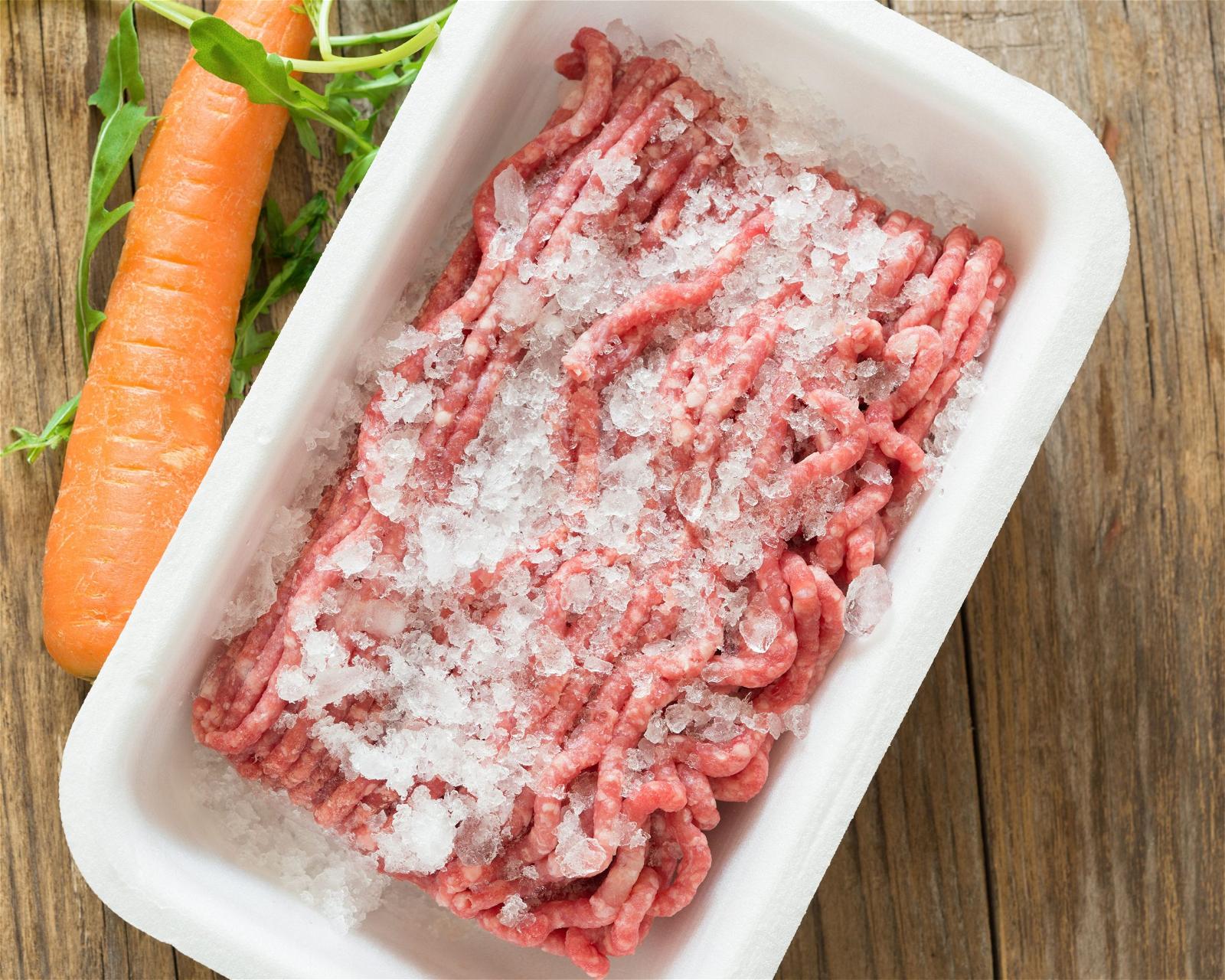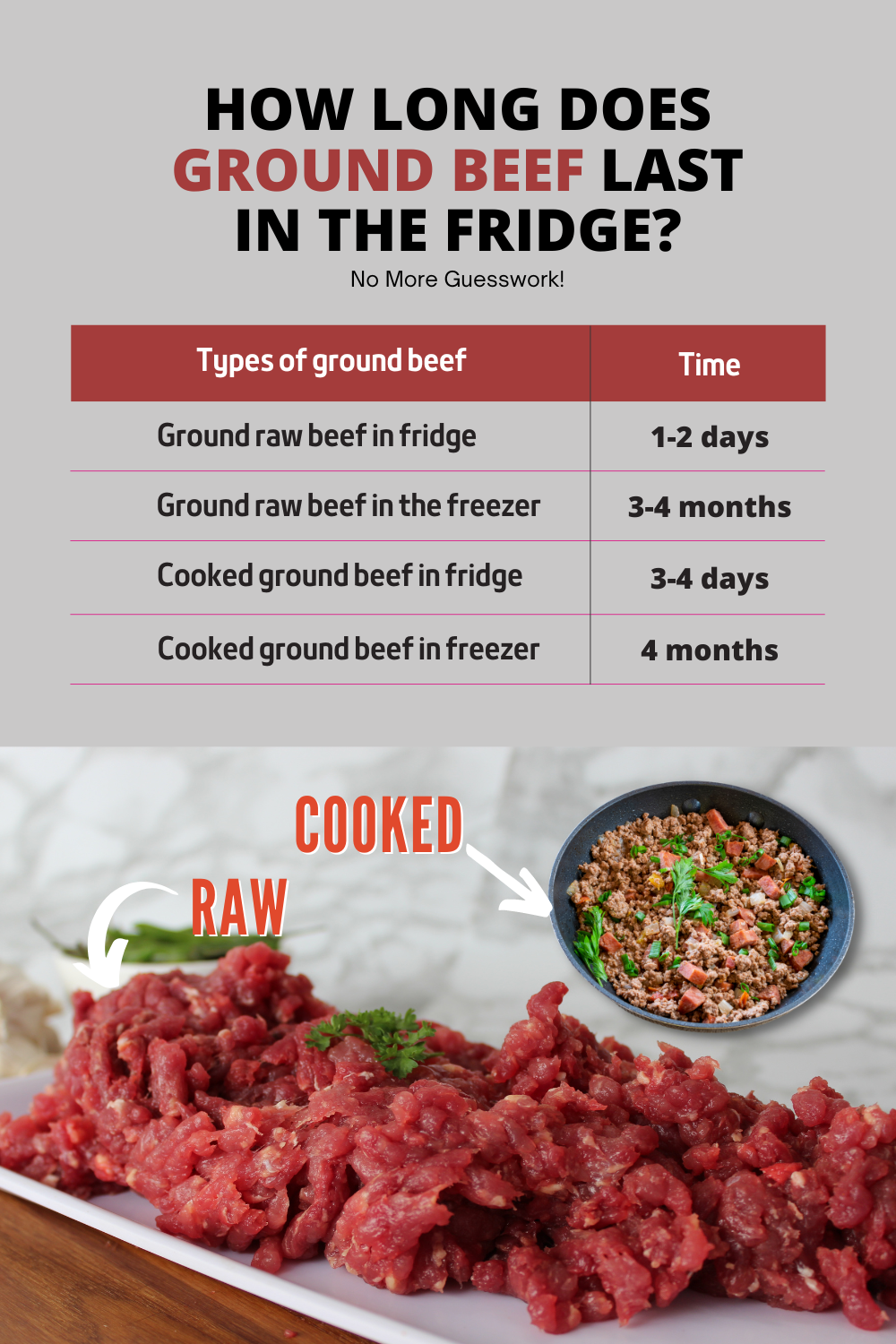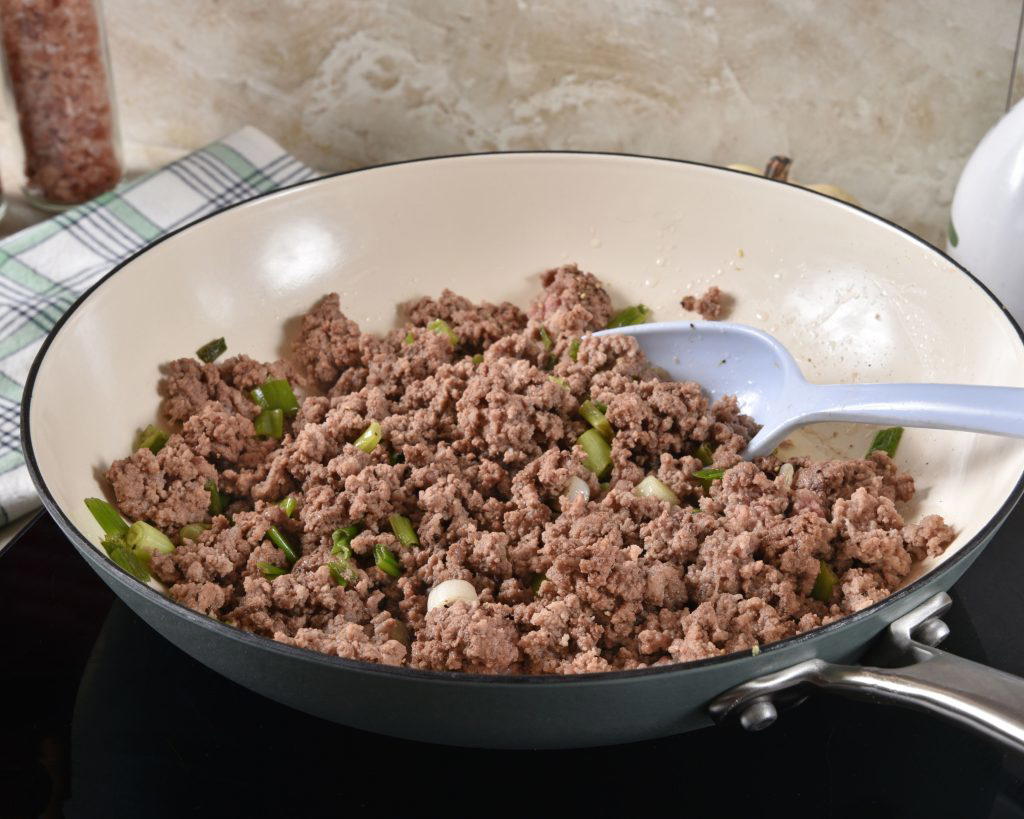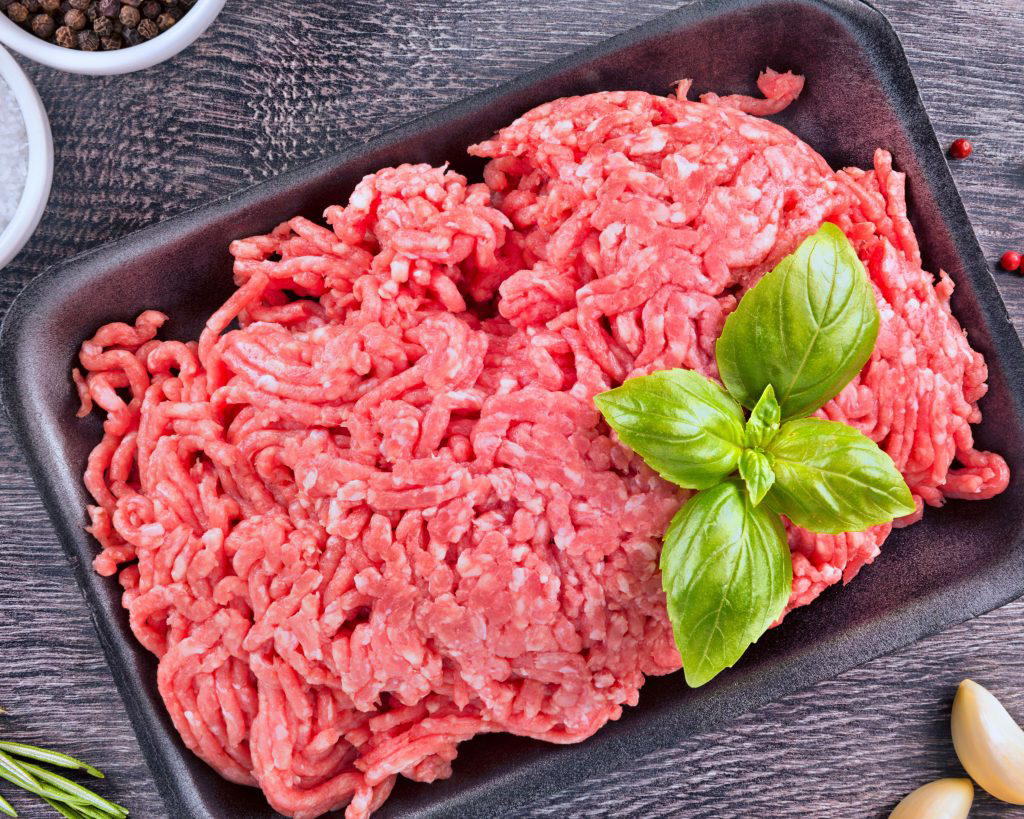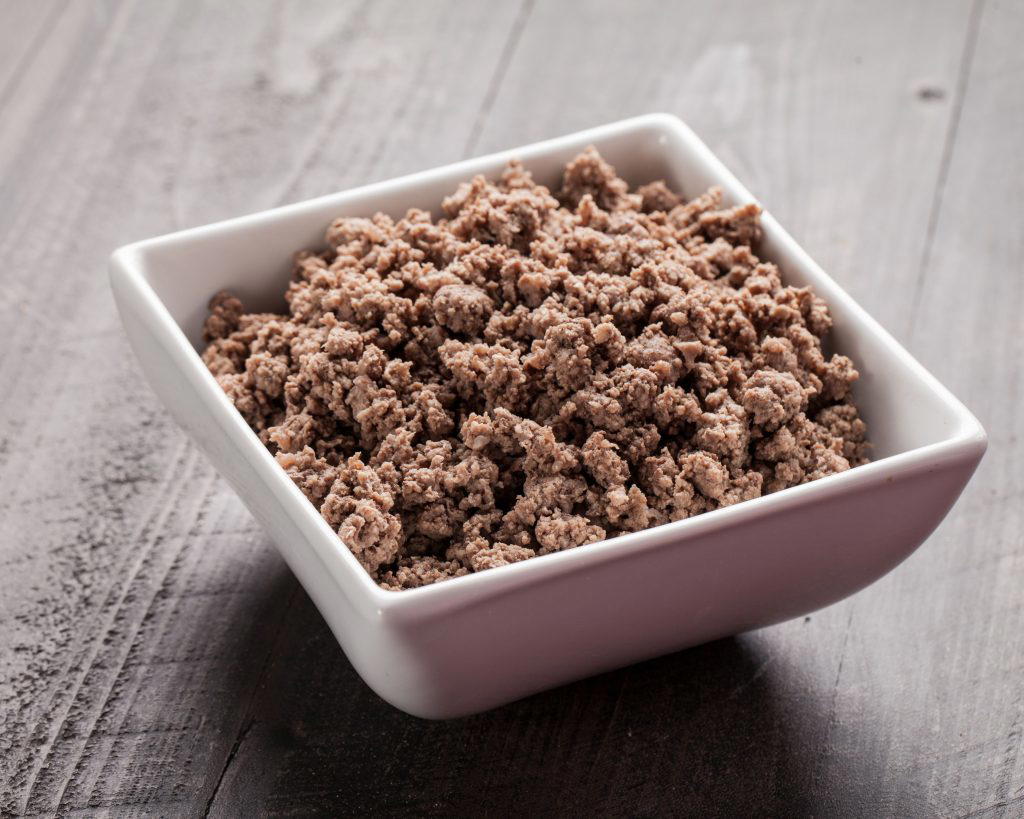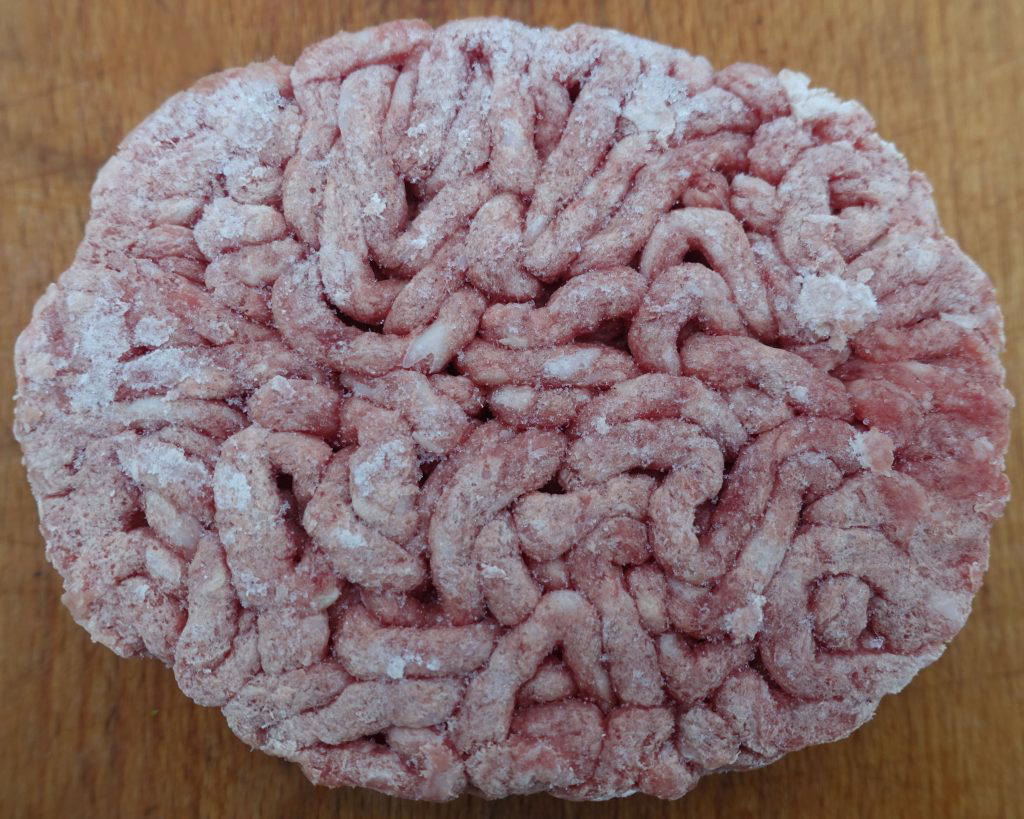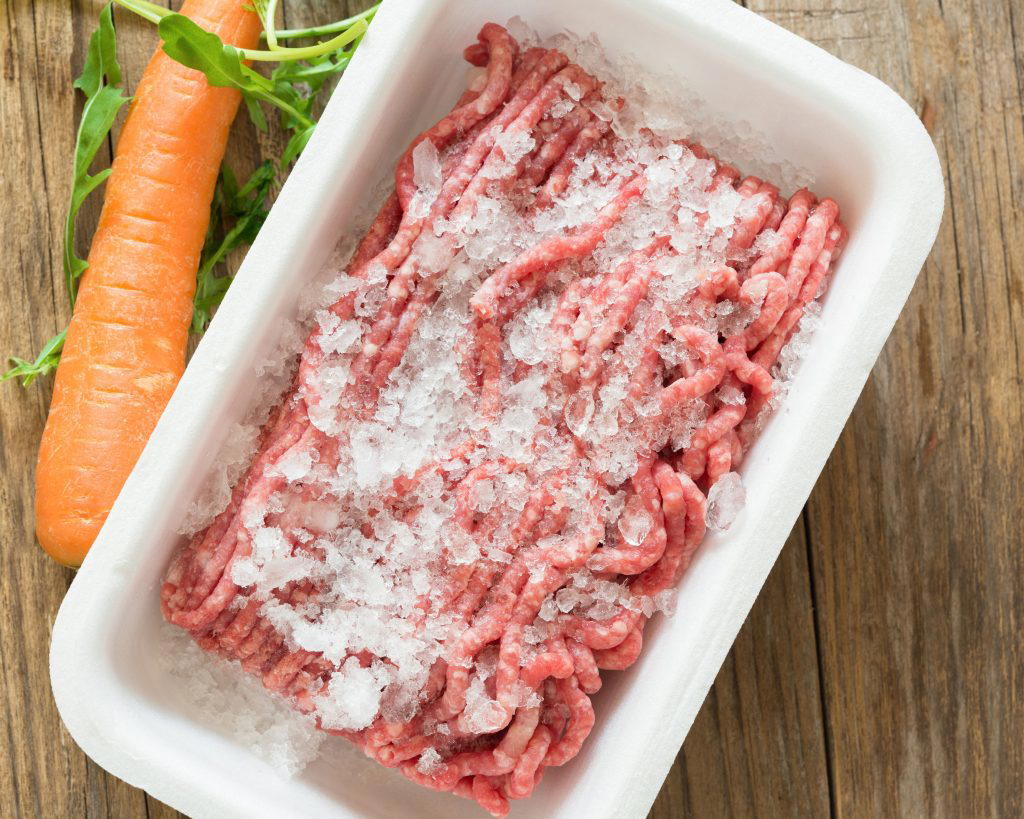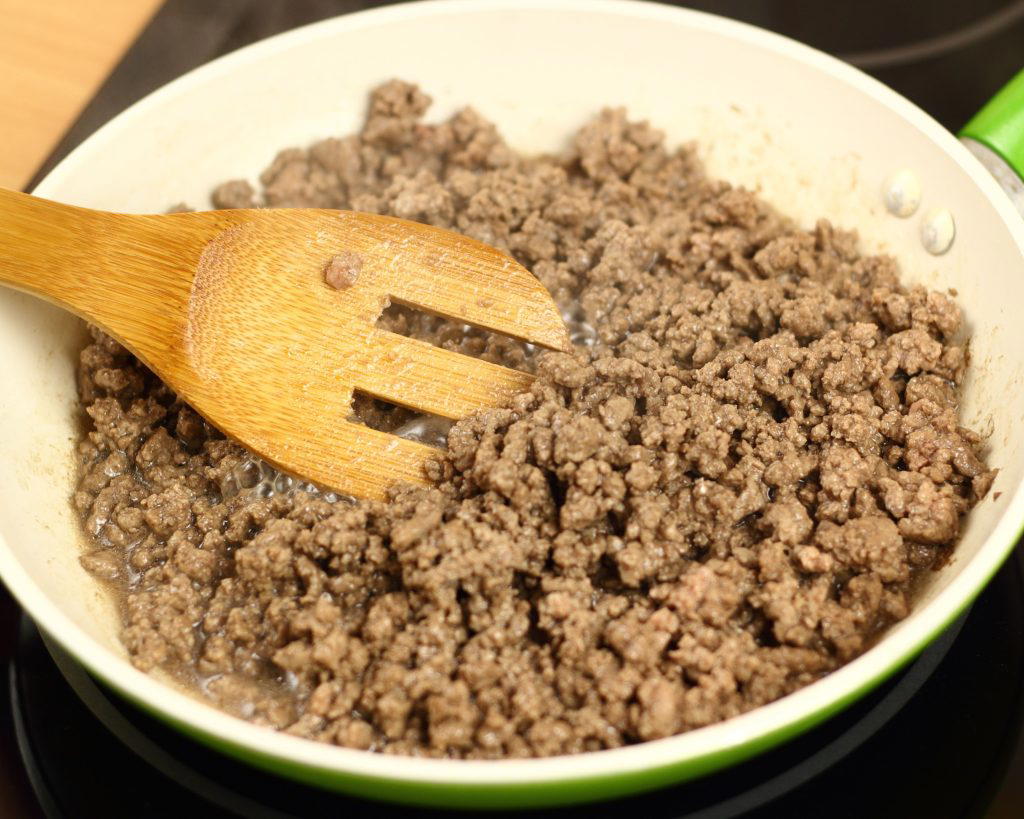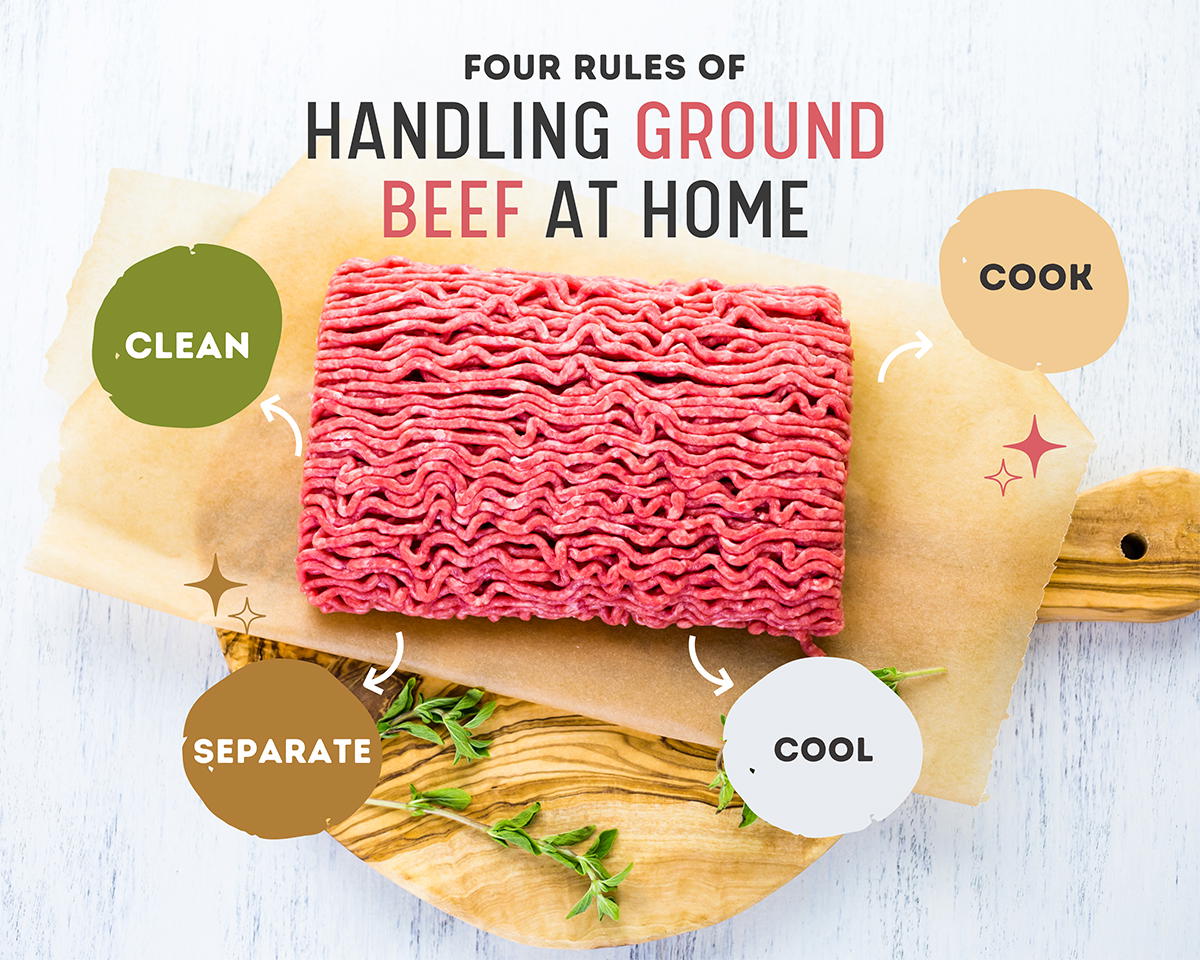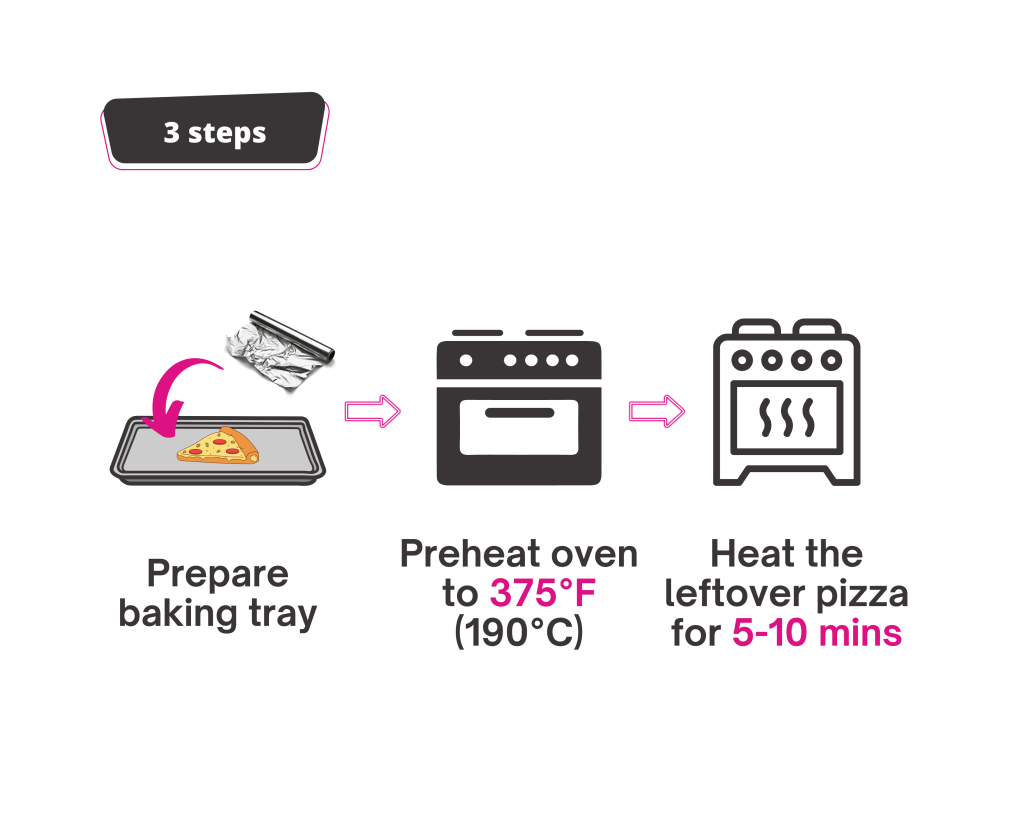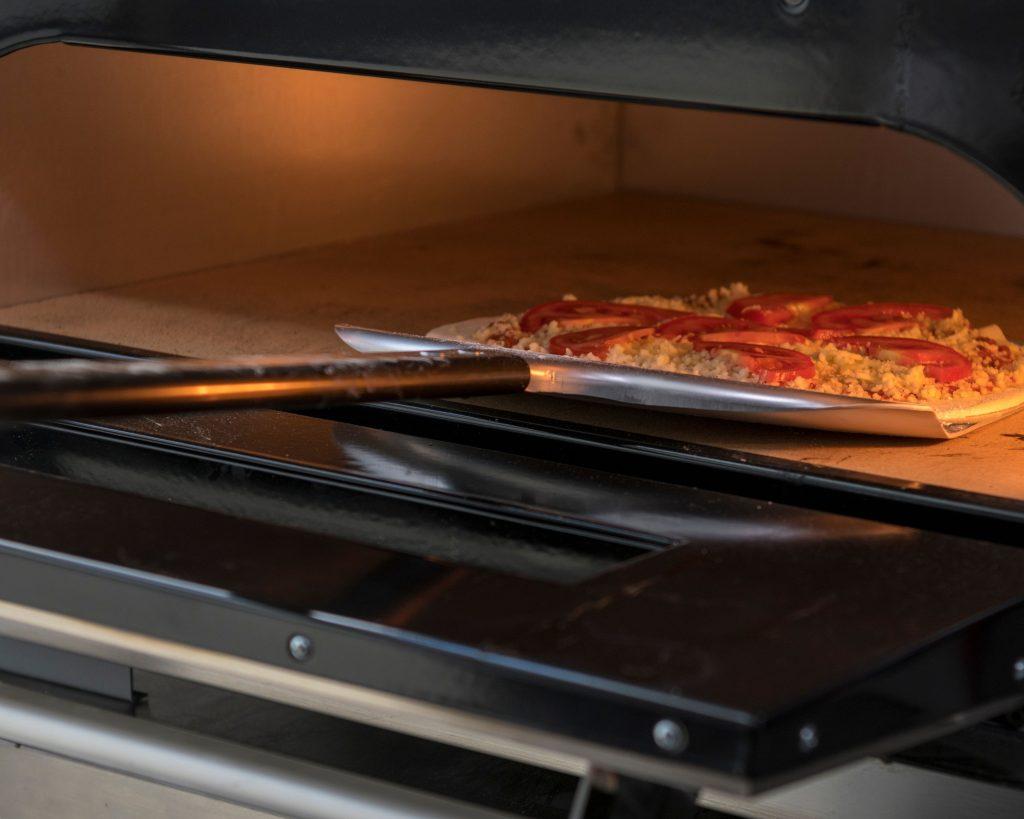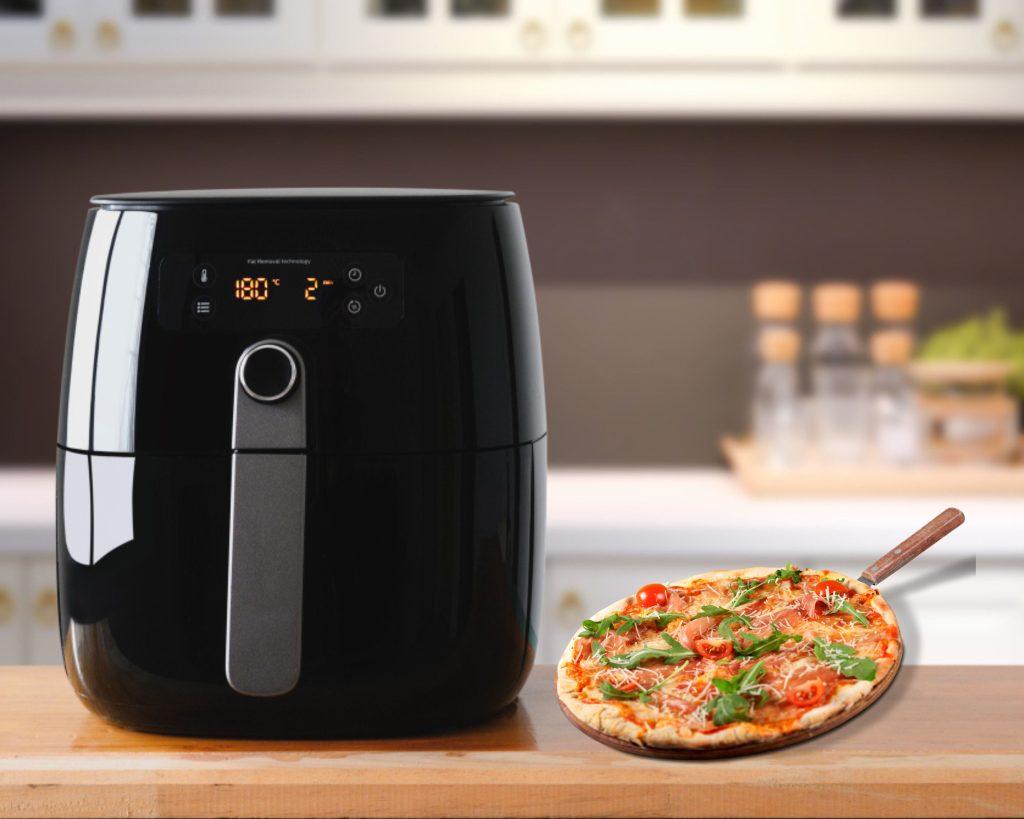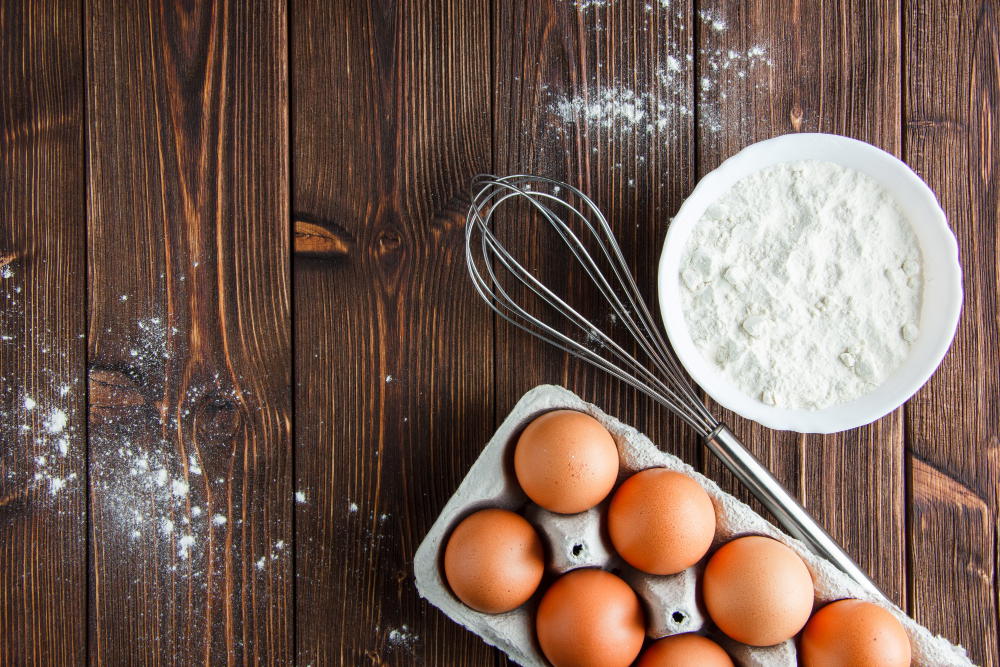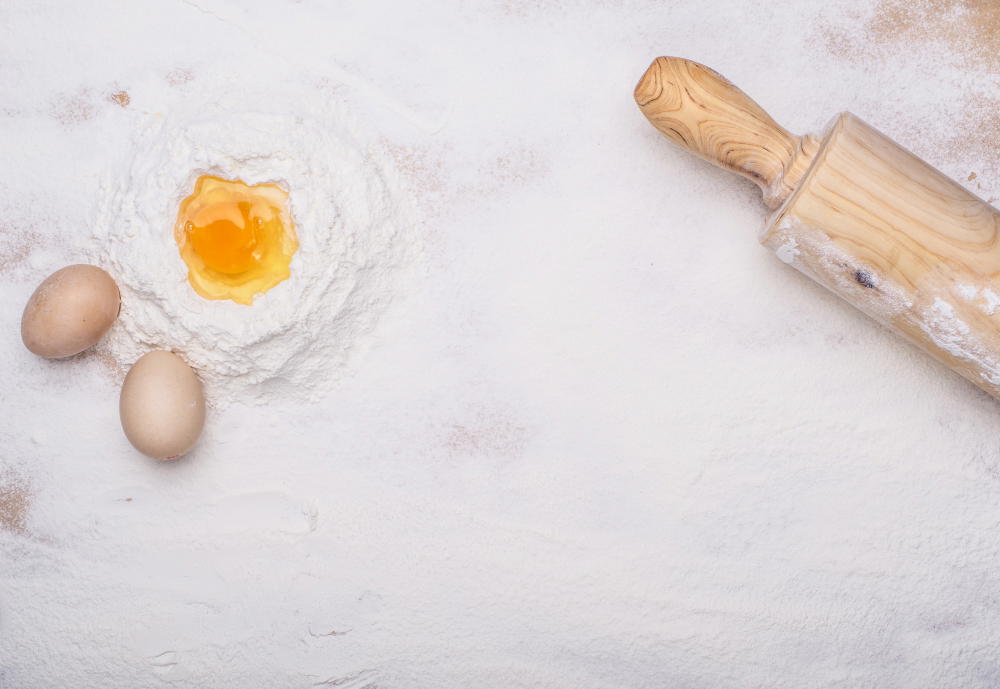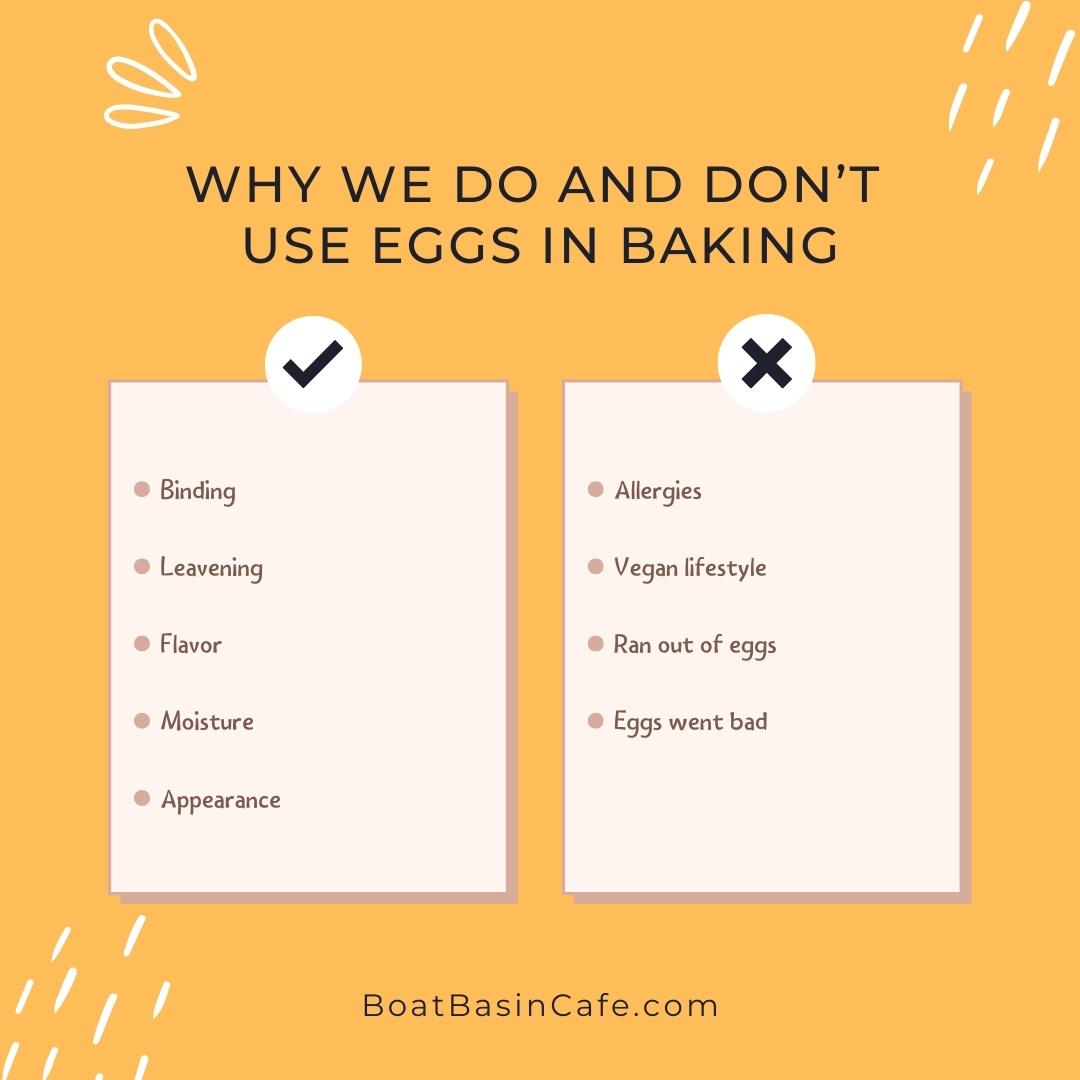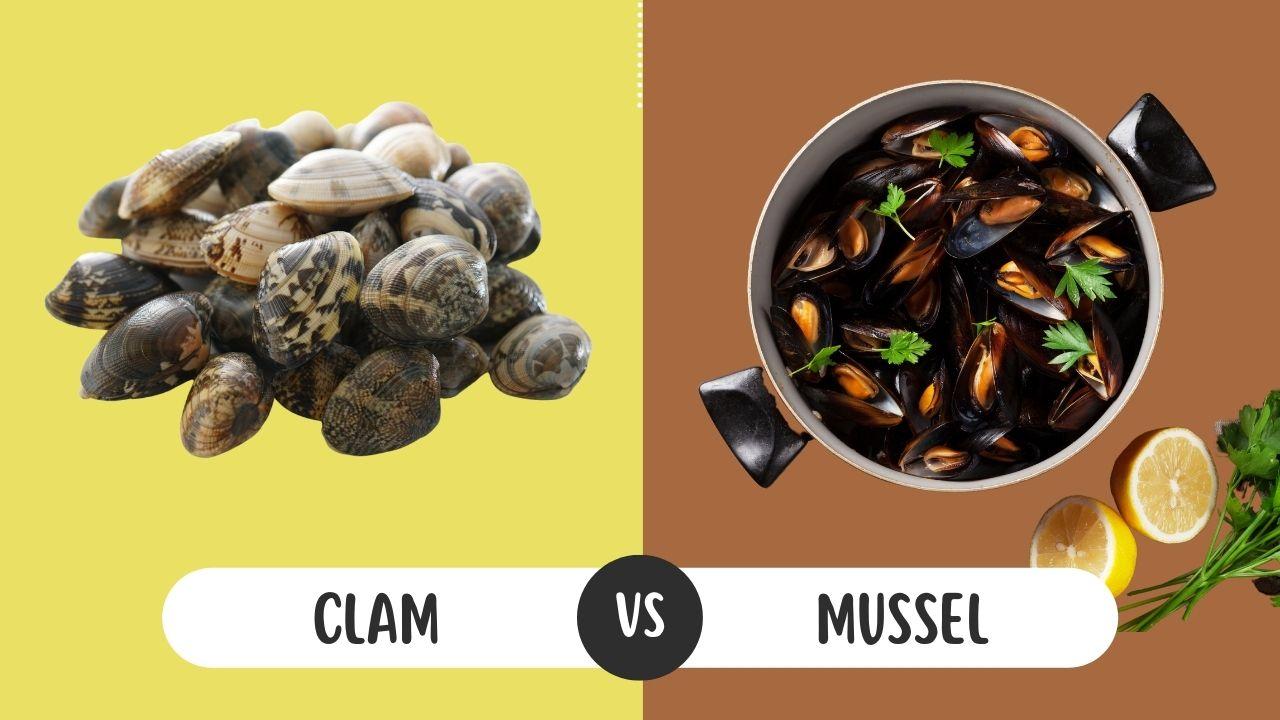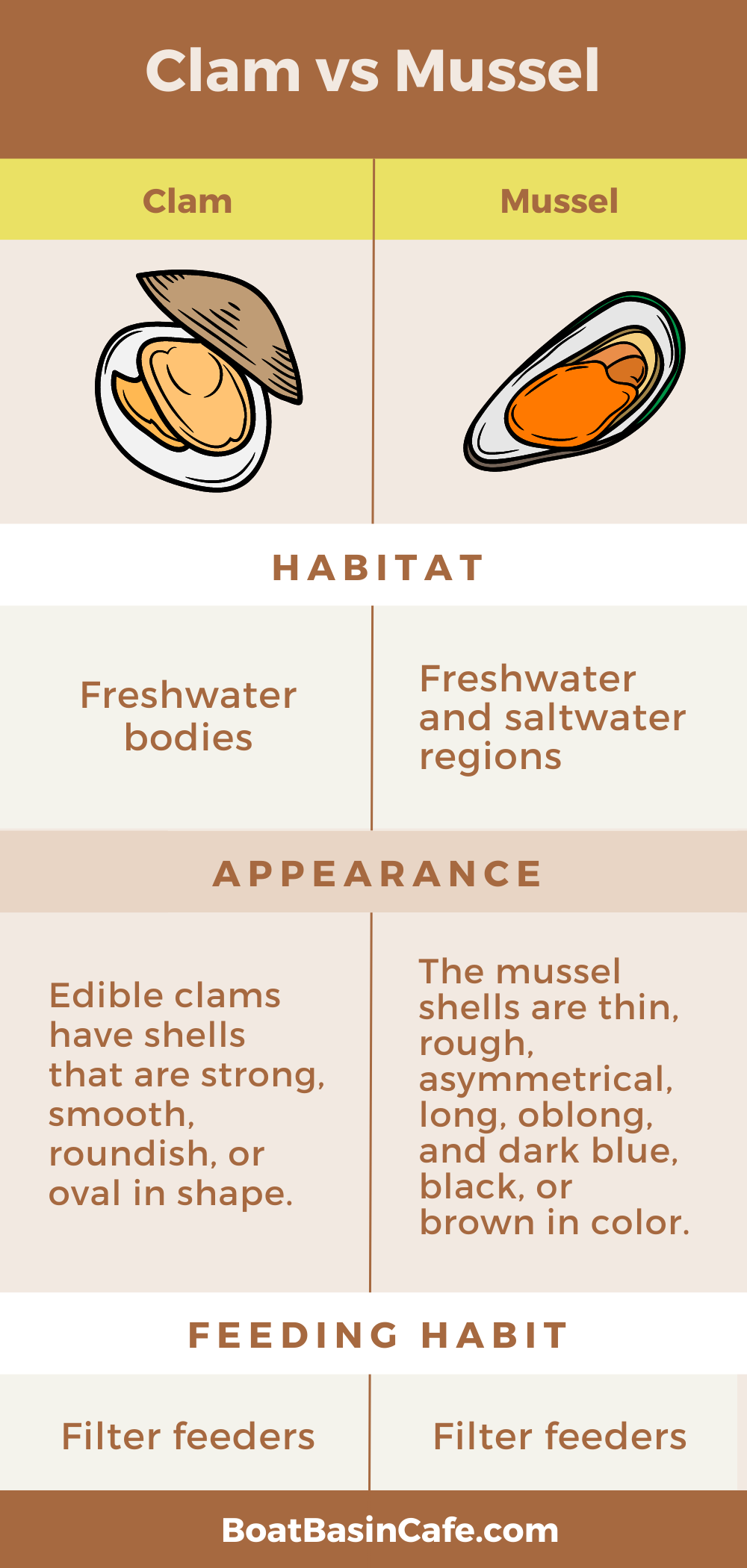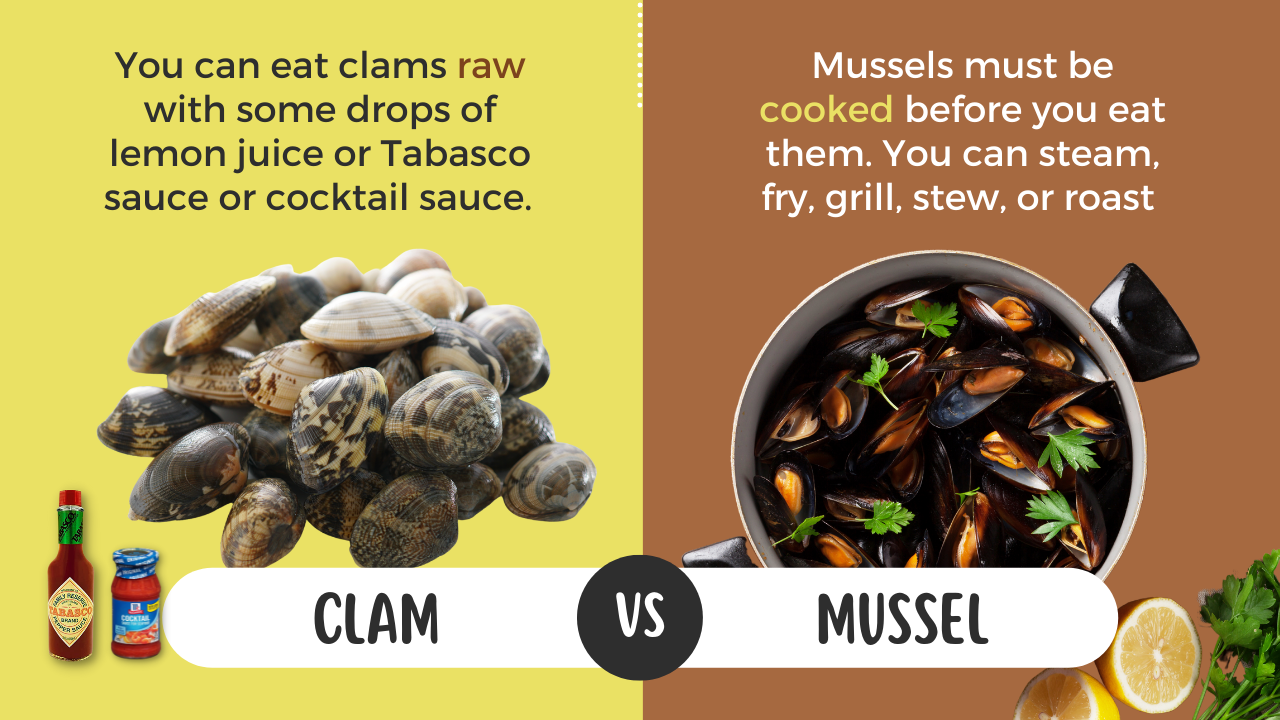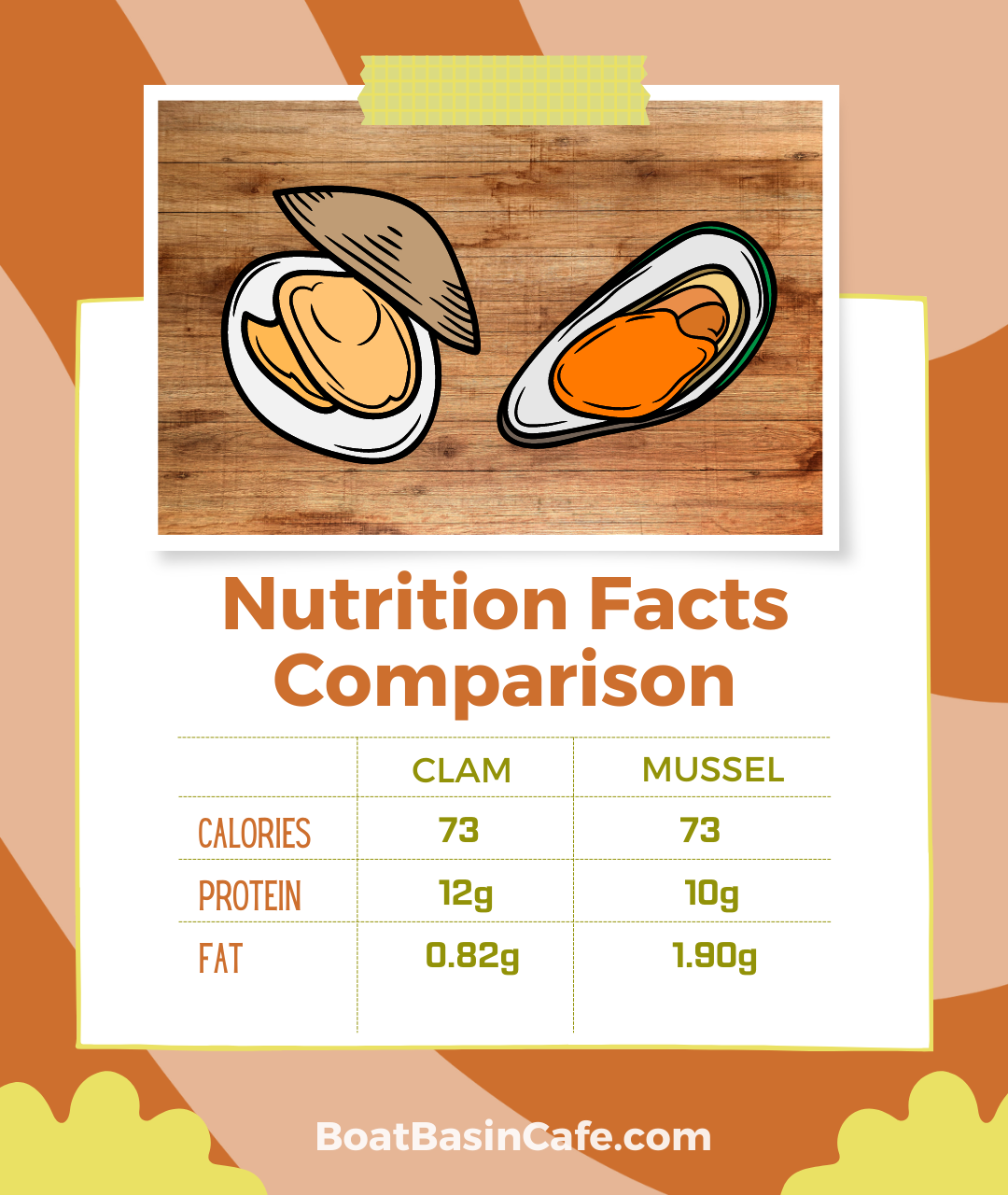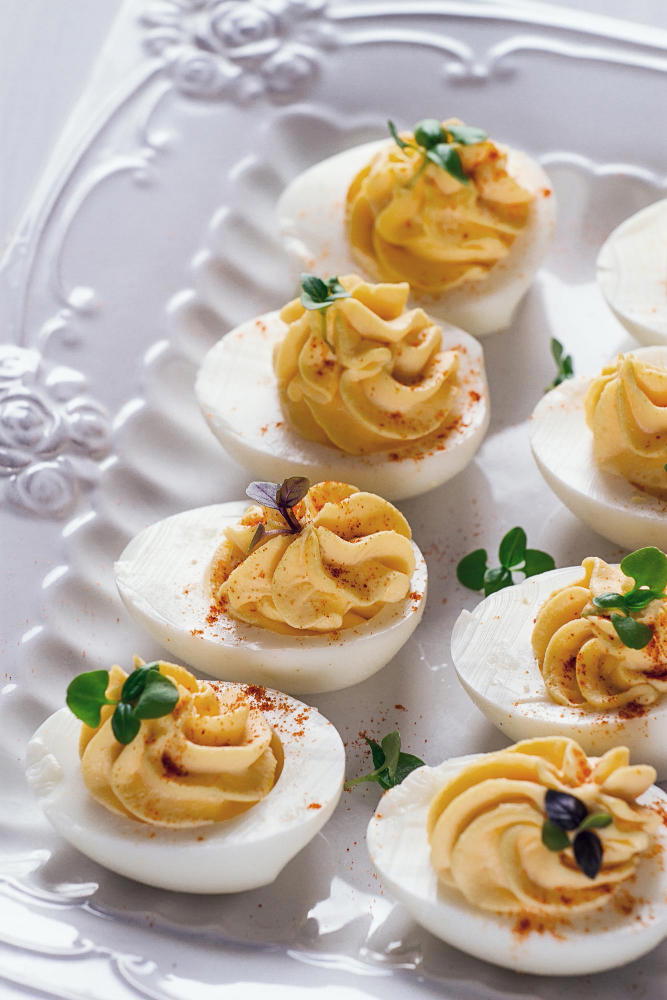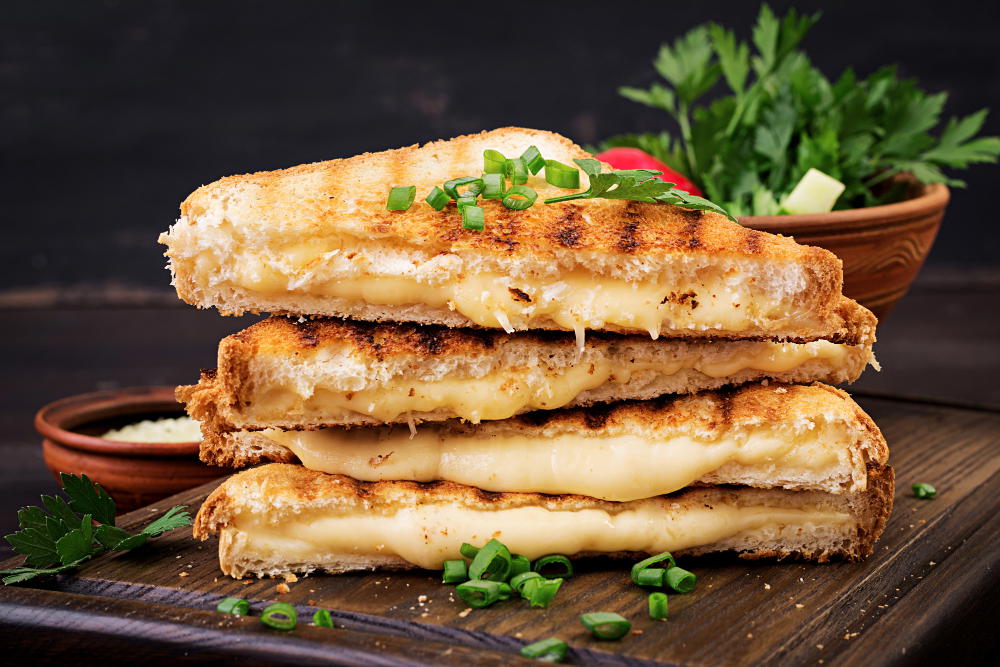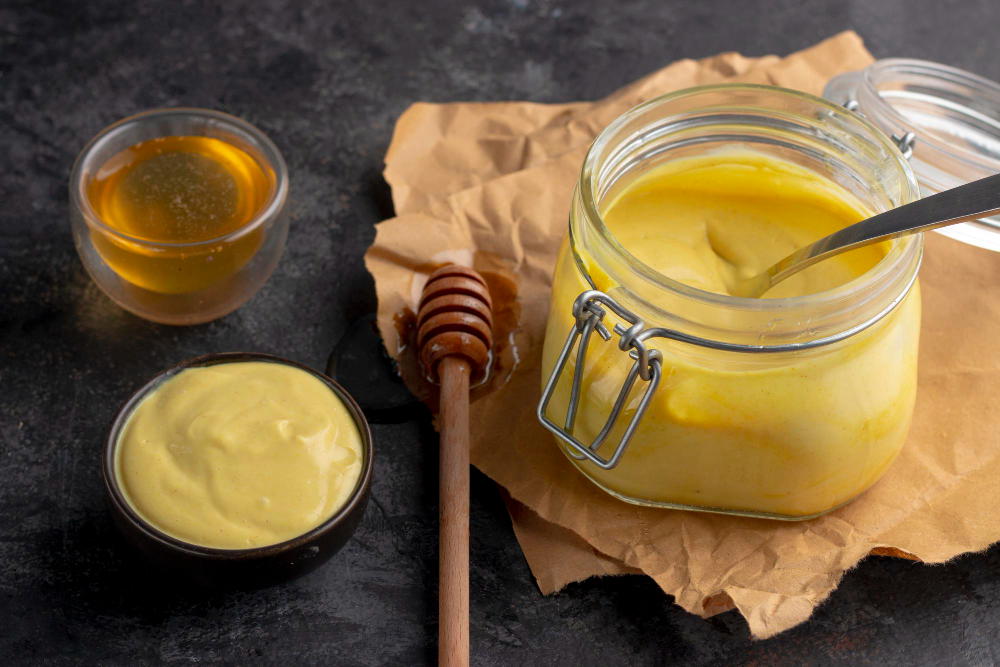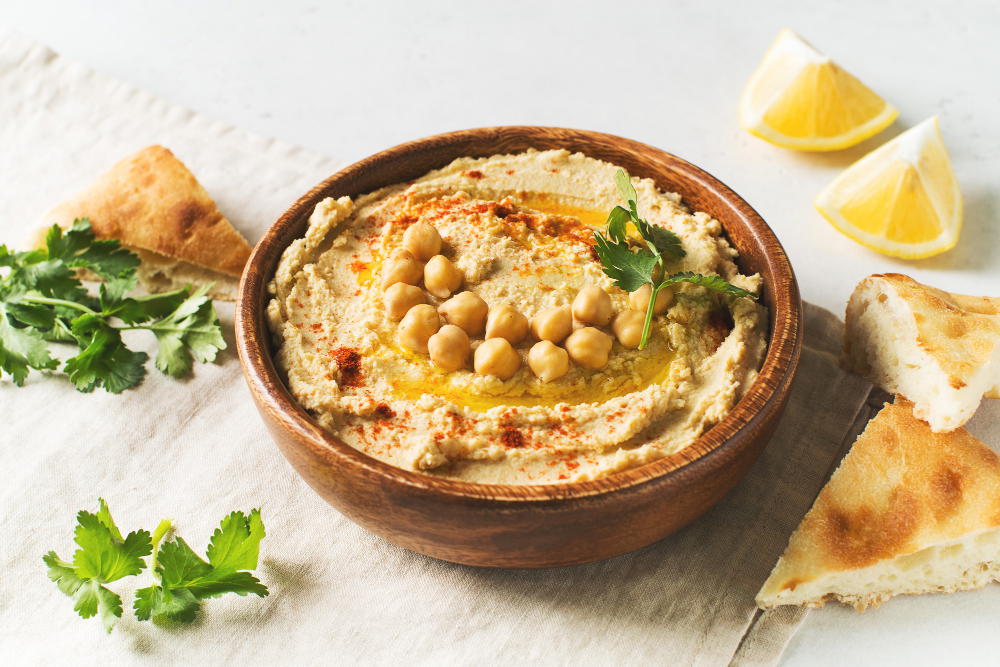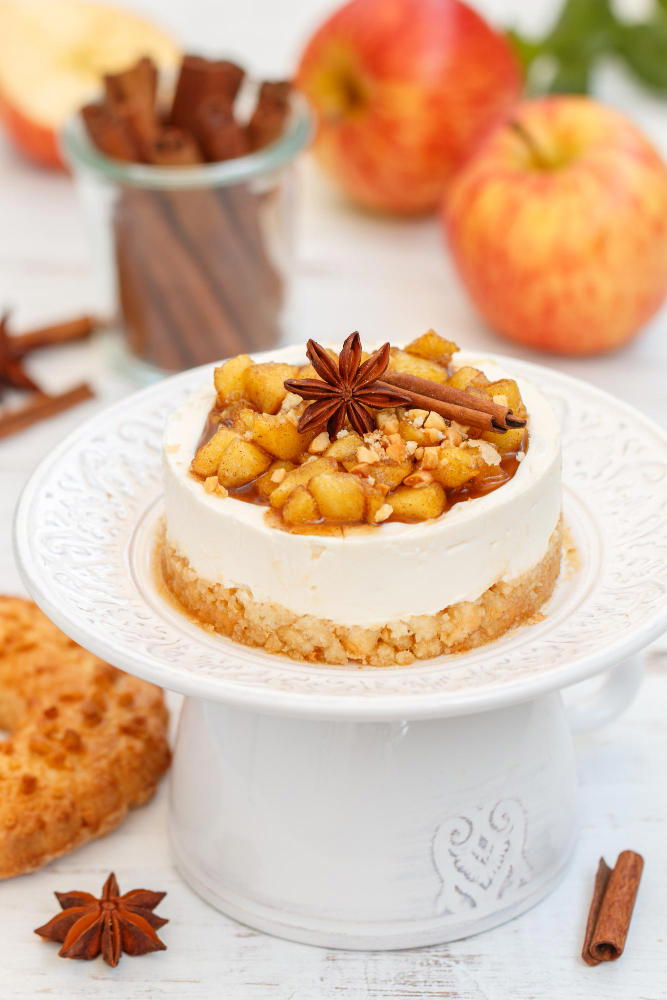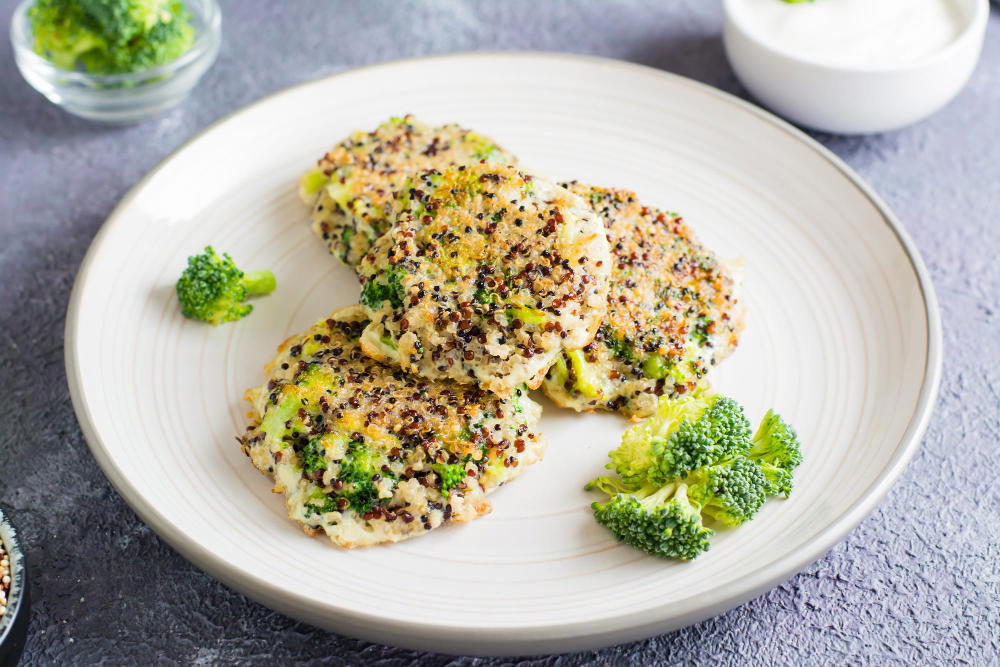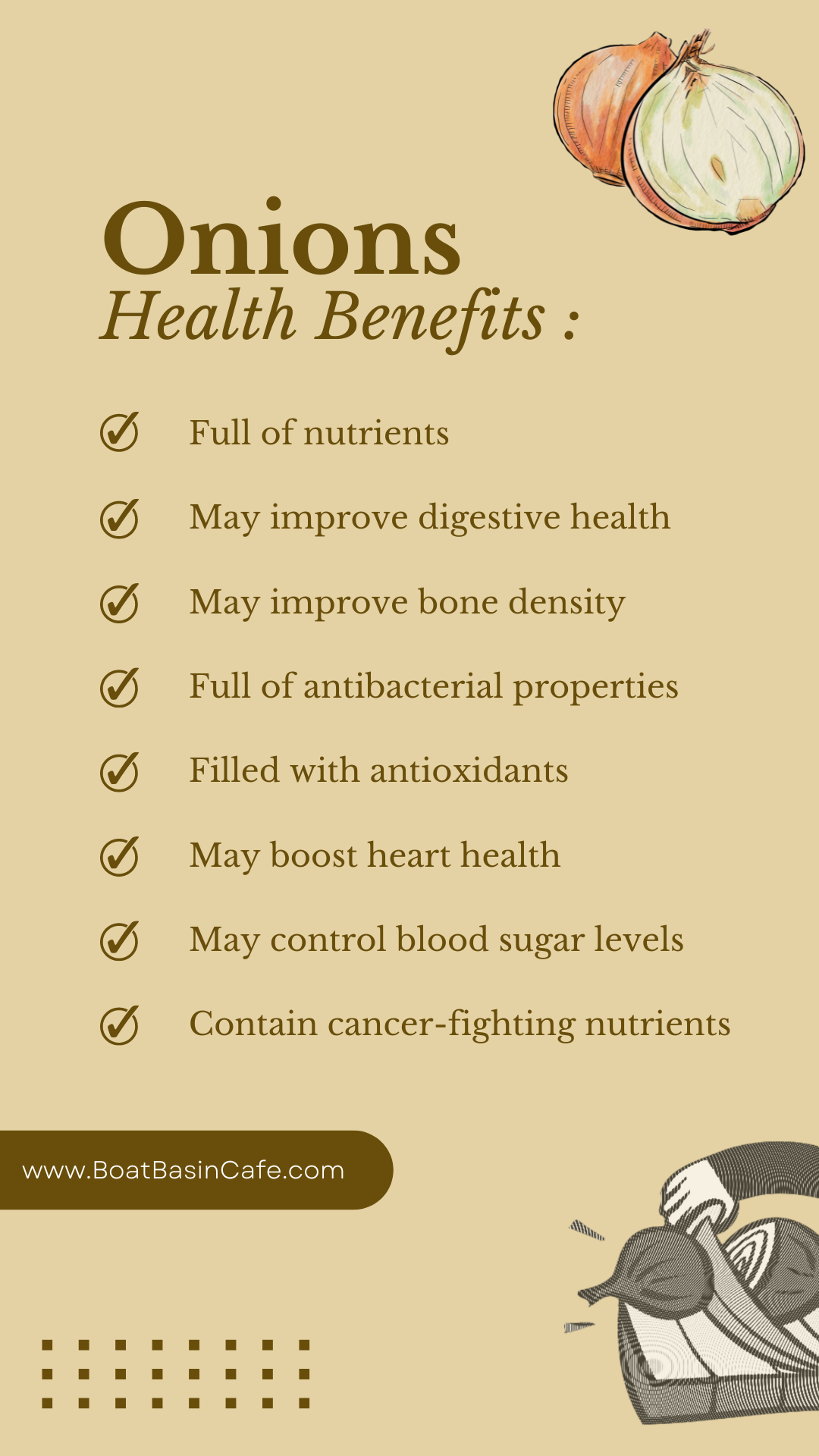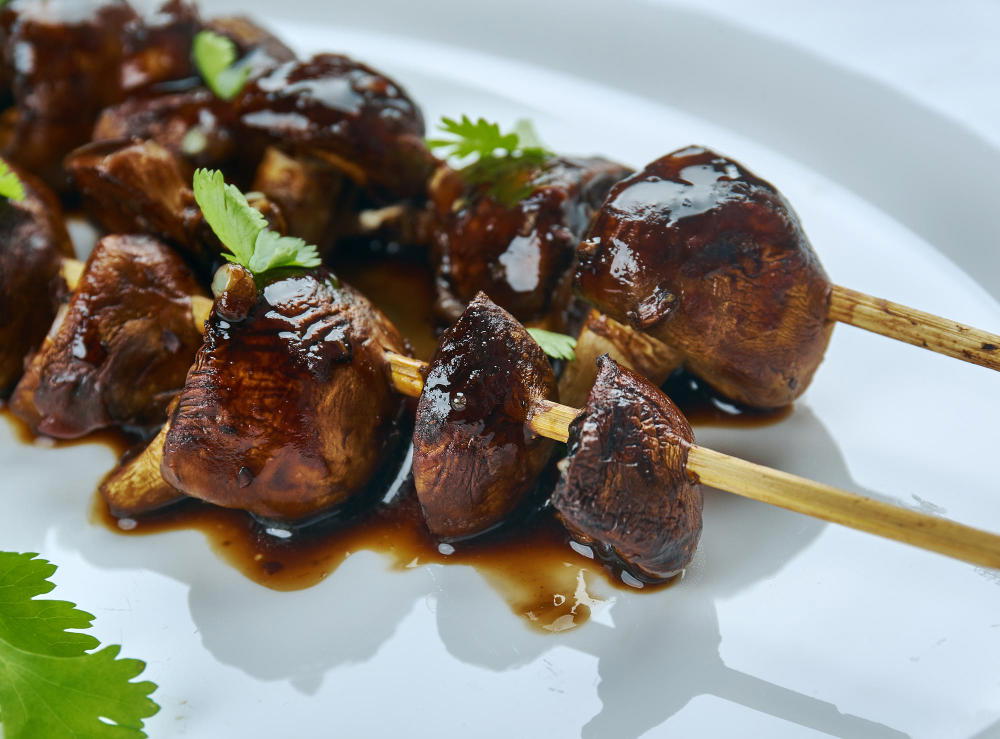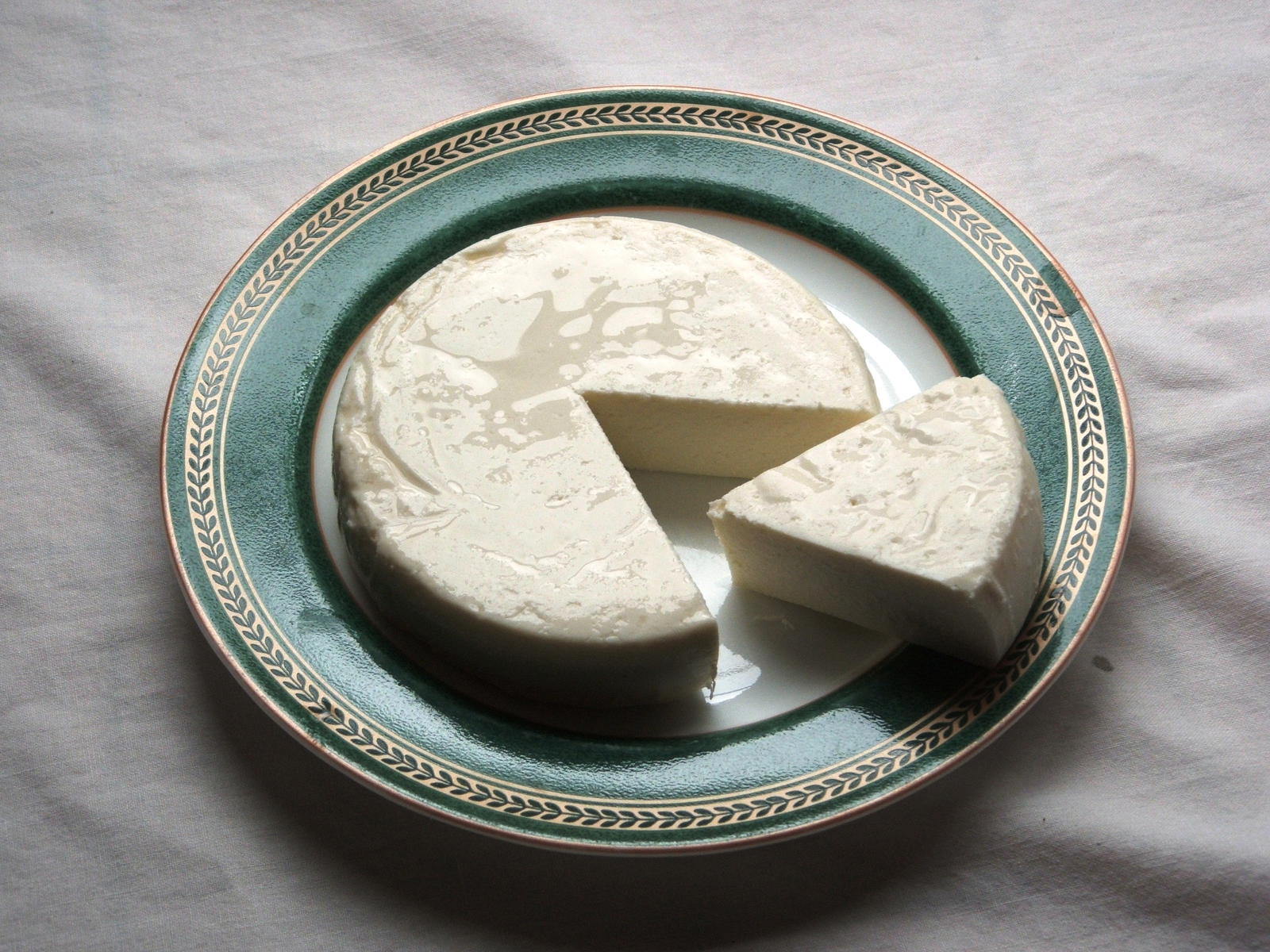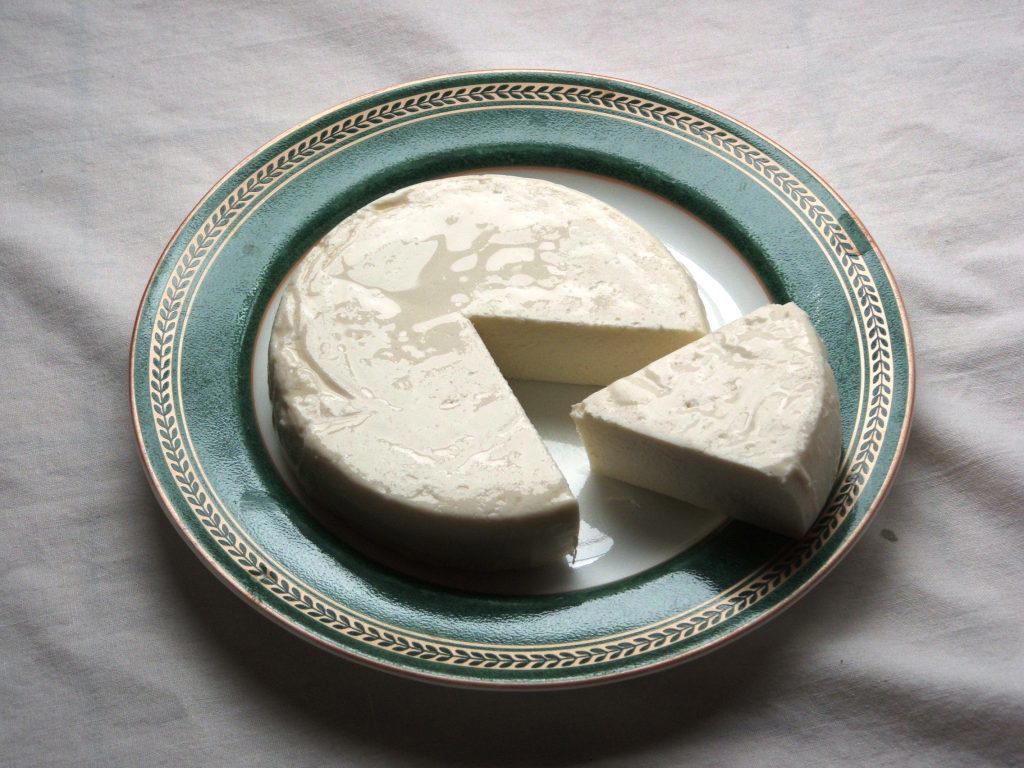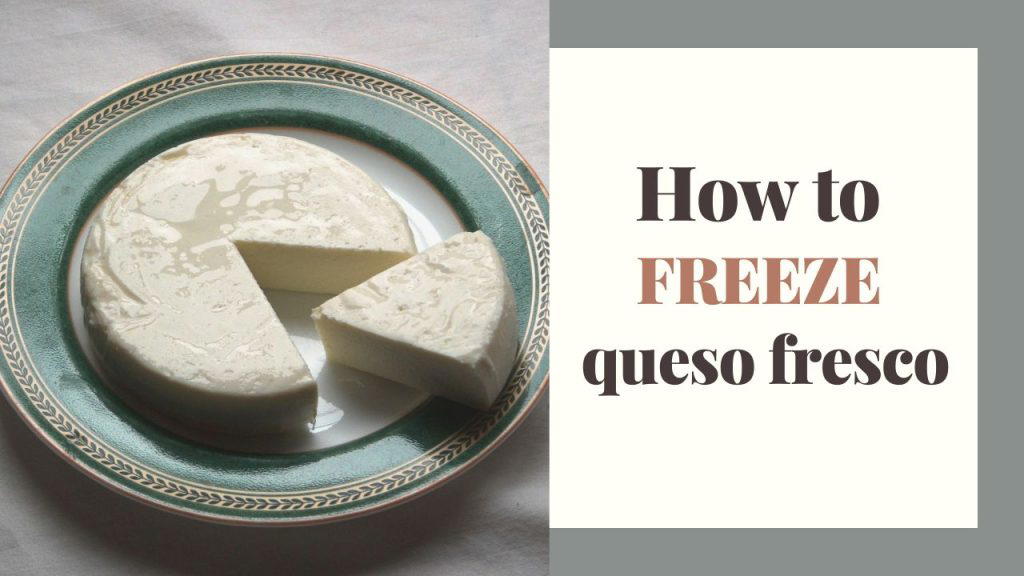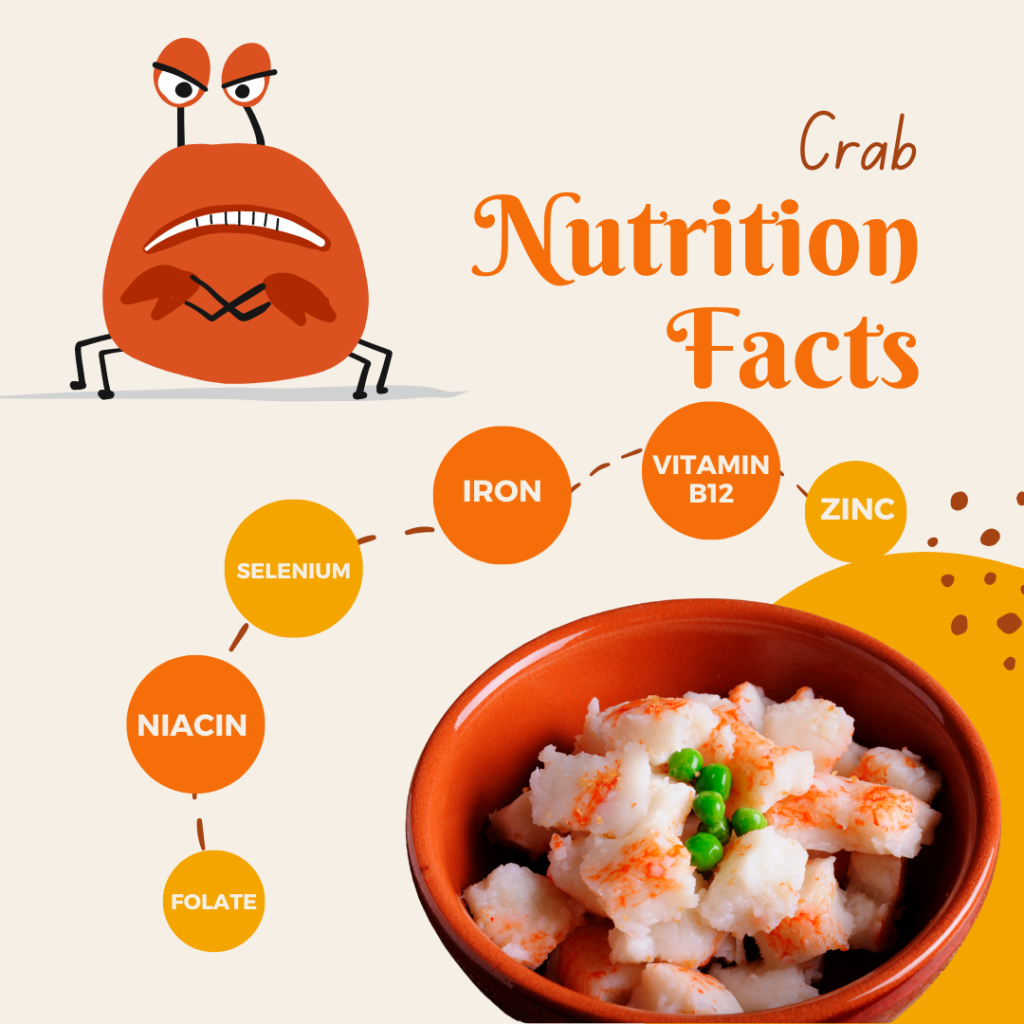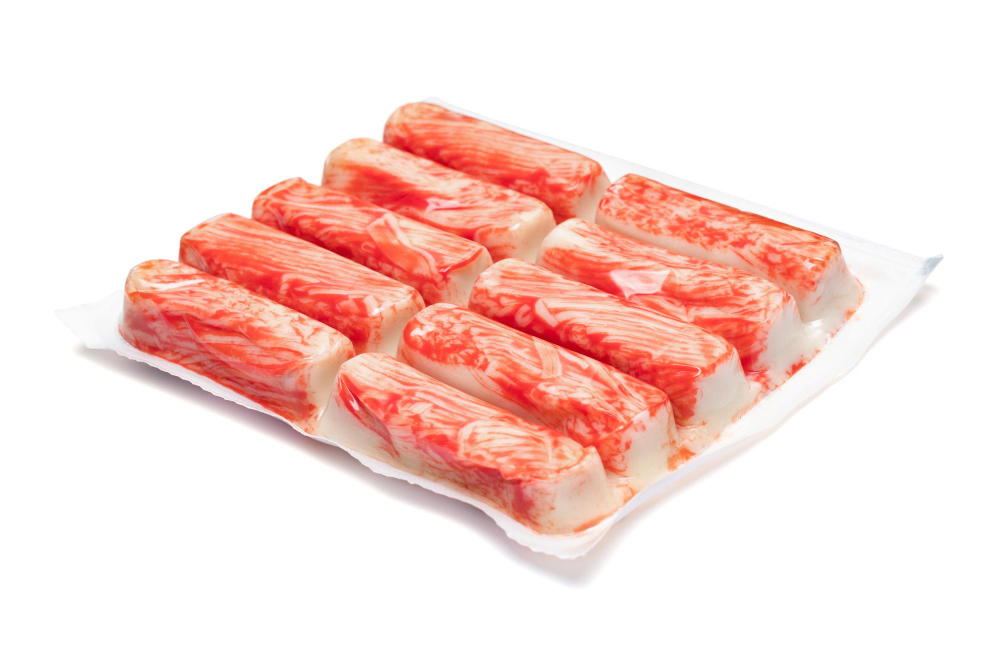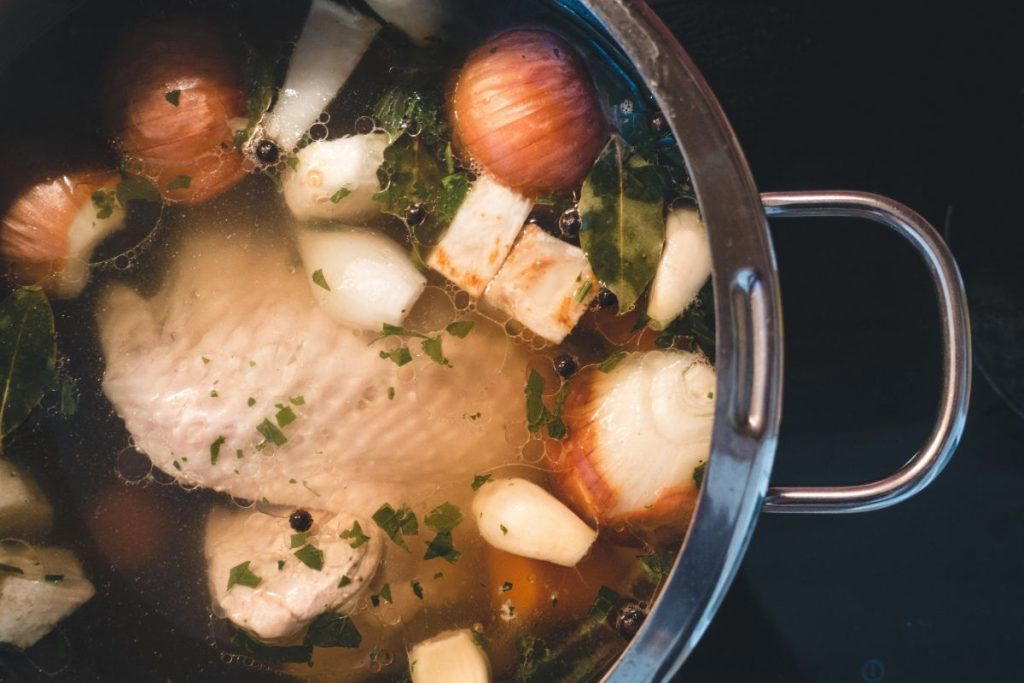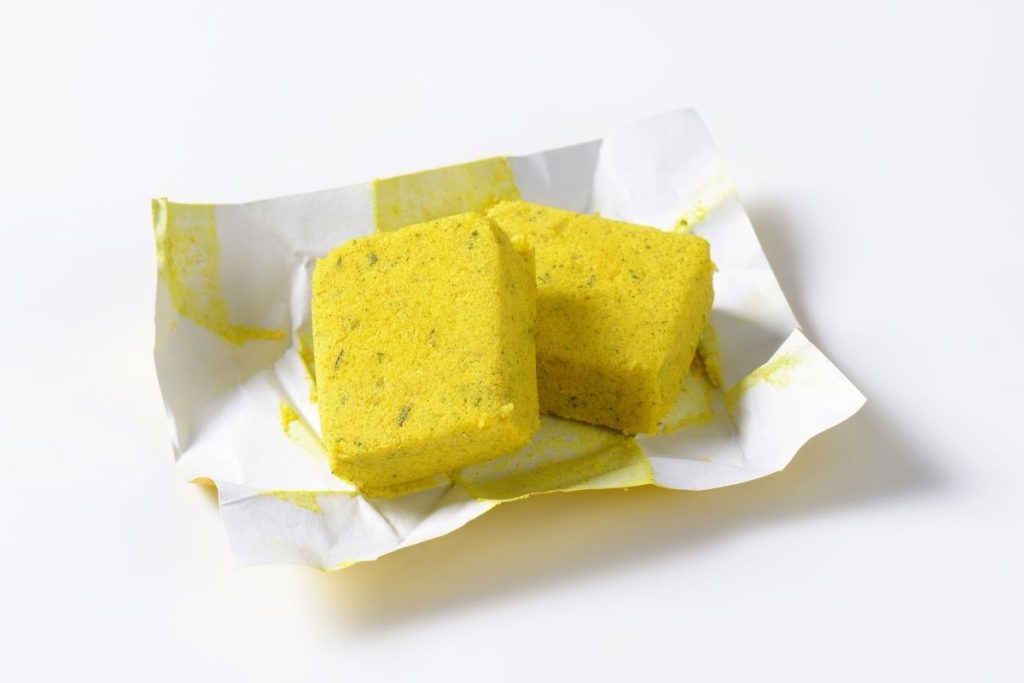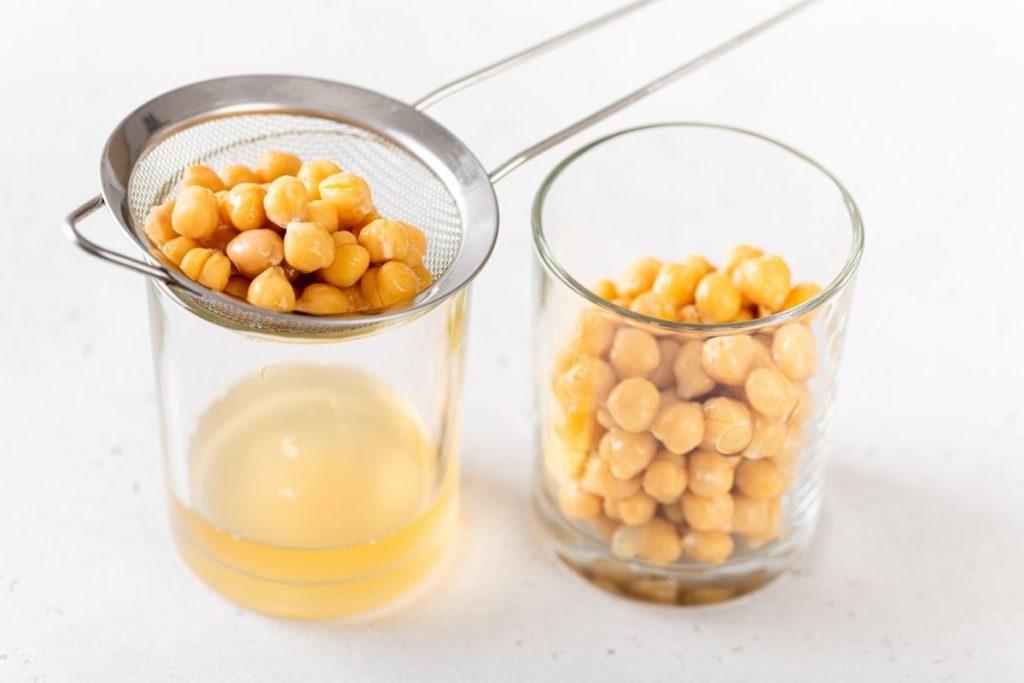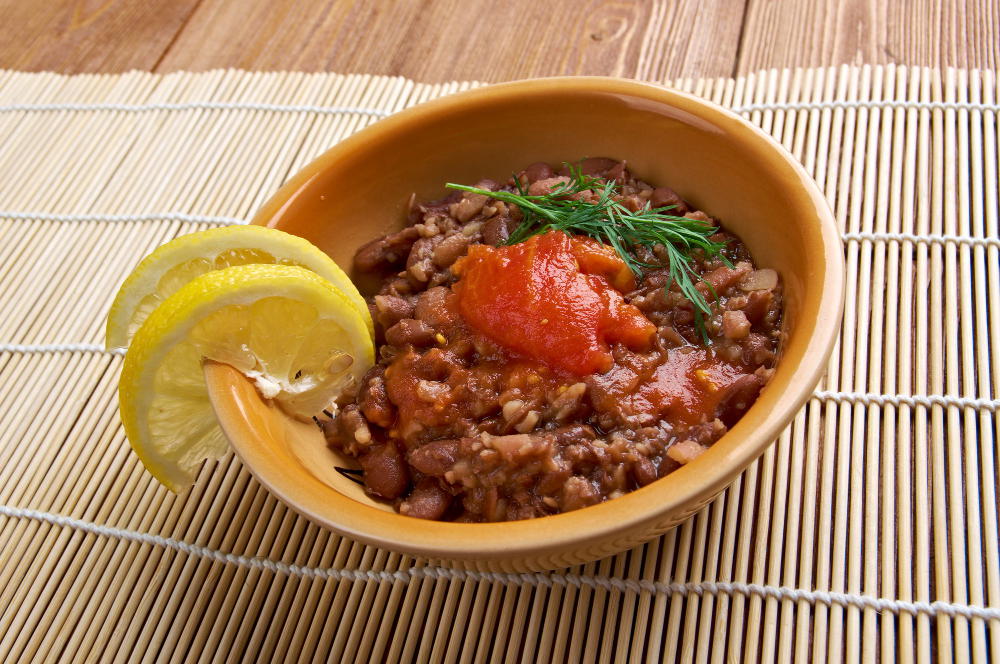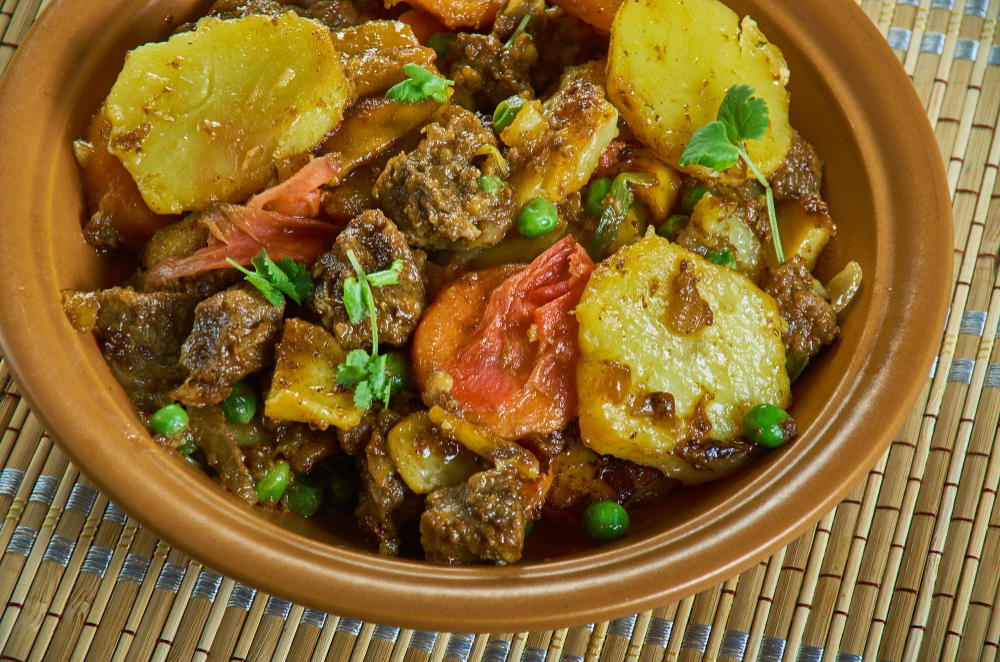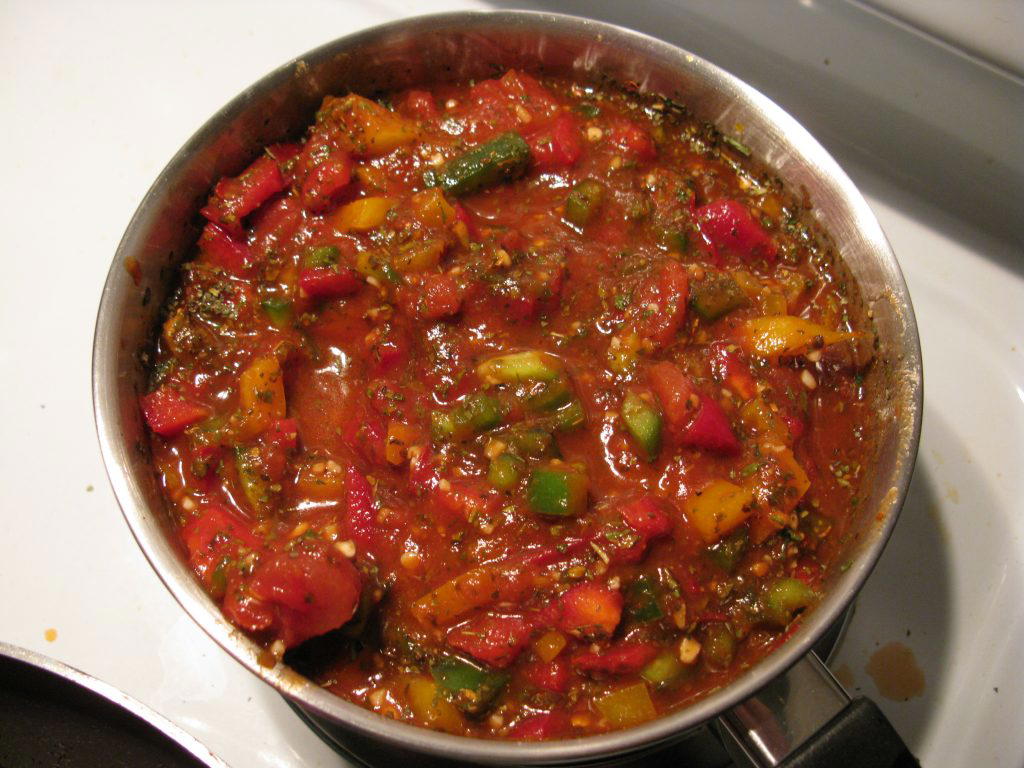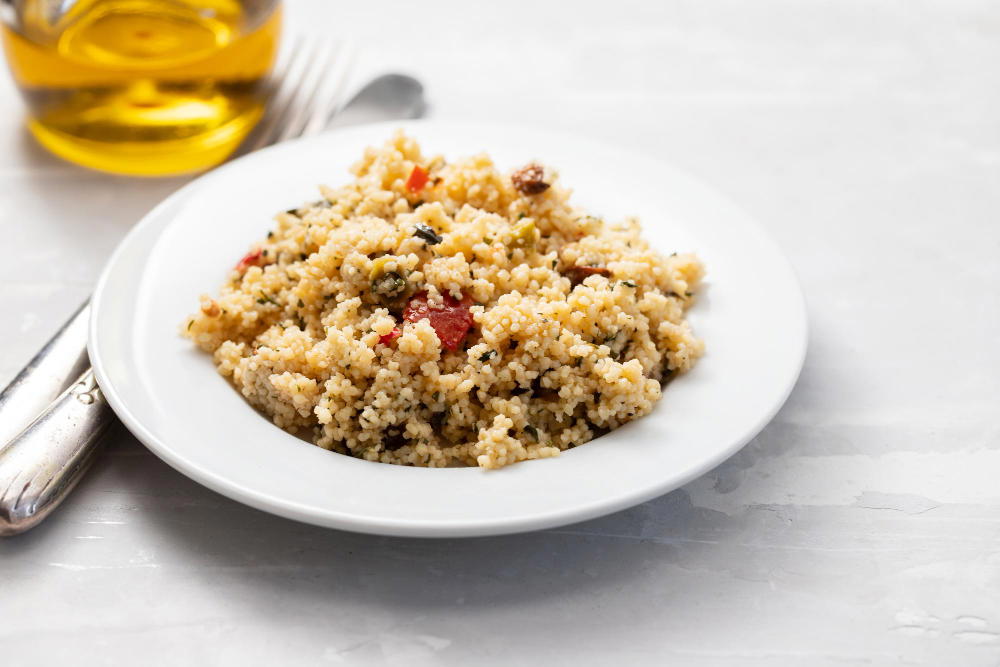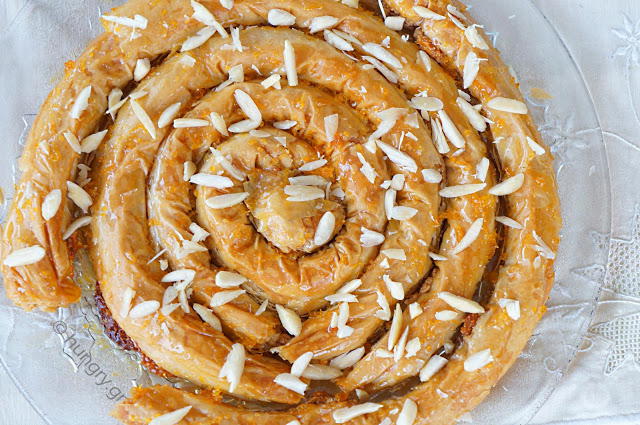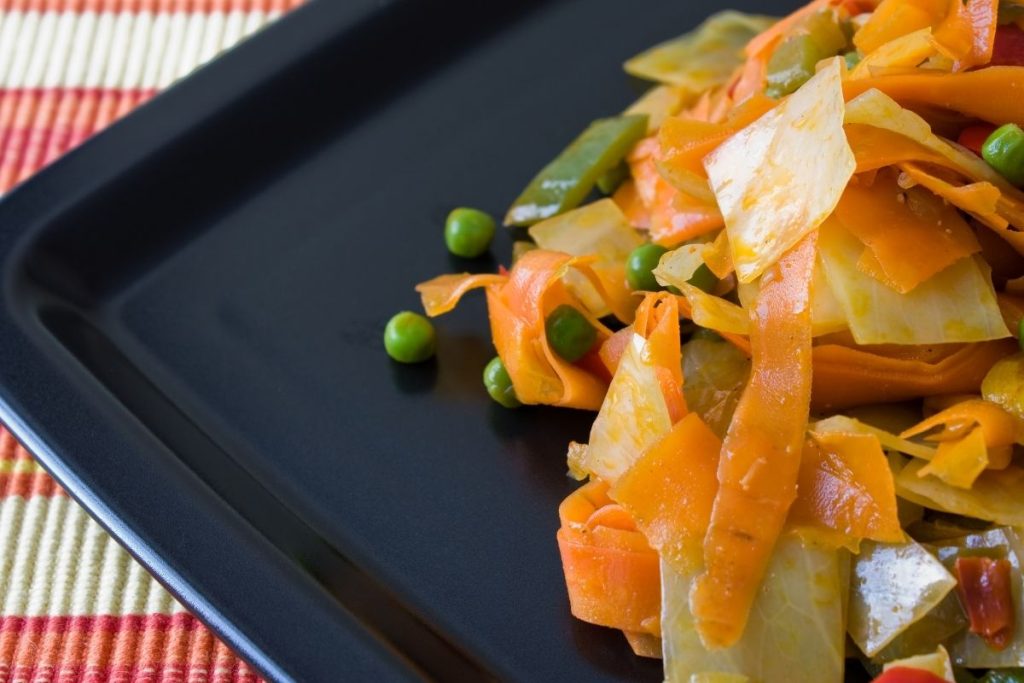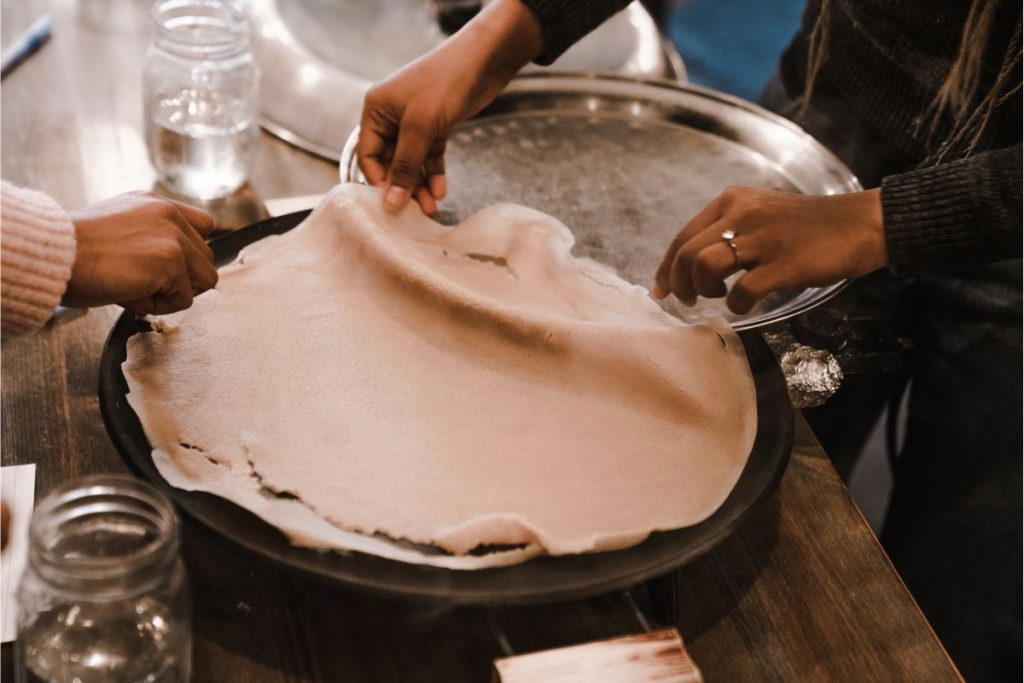Find out how long sushi rice lasts in the fridge, freezer, or at room temperature, and top tips on how to cook and store both cooked and dry sushi rice.
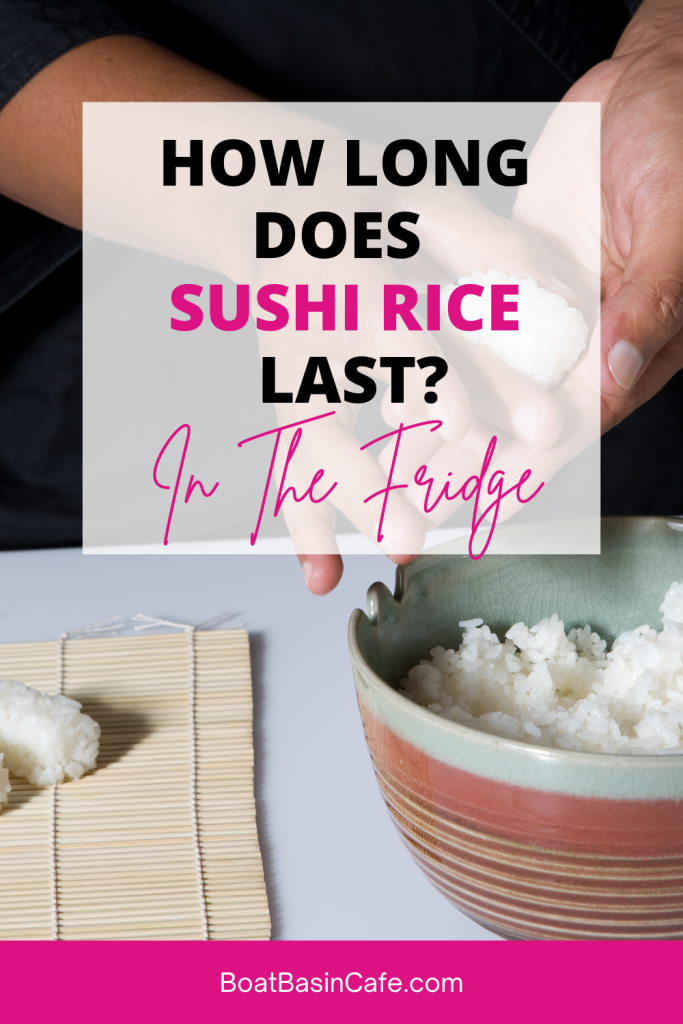
Sushi is one of the most popular Japanese dishes in the world.
You can have raw or cooked fish sushi.
With so many culinary innovations, you wouldn’t be surprised to find fish roe or Masago sushi.
Sushi is made from short grain Japanese rice seasoned with salt, sugar, and vinegar.
Let’s find out how long does sushi rice last in the fridge.
You may also like: How Long Does Steamed Rice Last In The Fridge? 4 Or 7 Days?
What Is Sushi Rice?
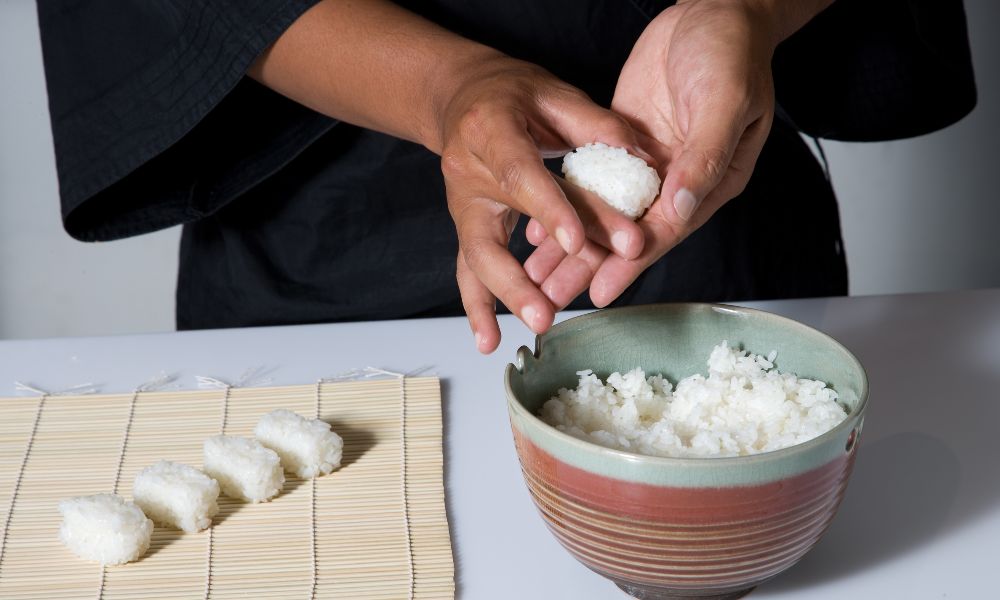
You may think sushi rice is a variety of rice like jasmine, arborio, or basmati rice.
When you see rice packets in the supermarket labeled as “sushi rice”, it doesn’t actually refer to a variety of rice.
It simply makes it easier for everyone to pick the right rice for sushi.
Inside the packet, you will find short-grained sticky Japanese white sushi rice that’s ideal for making sushi.
Making good sushi rice requires a certain sort of sticky, plump, firm-textured rice and Japanese rice is just the right kind.
So, always look for short-grain rice that’s made in Japan (ideally) or at least the label should have “sushi rice” written on it. Japanese short-grain white sushi rice has just the right amount of stickiness without being gooey to make the best sushi.
The starch content in it is what holds the shape and form together, even after stuffing sushi rolls with fillings.
Good sushi rice looks shiny and polished without the individual rice grains sticking together in a mass.
With more people becoming health-conscious, you can also make sushi with short grain brown rice.
How Long Does Sushi Rice Last In The Fridge?
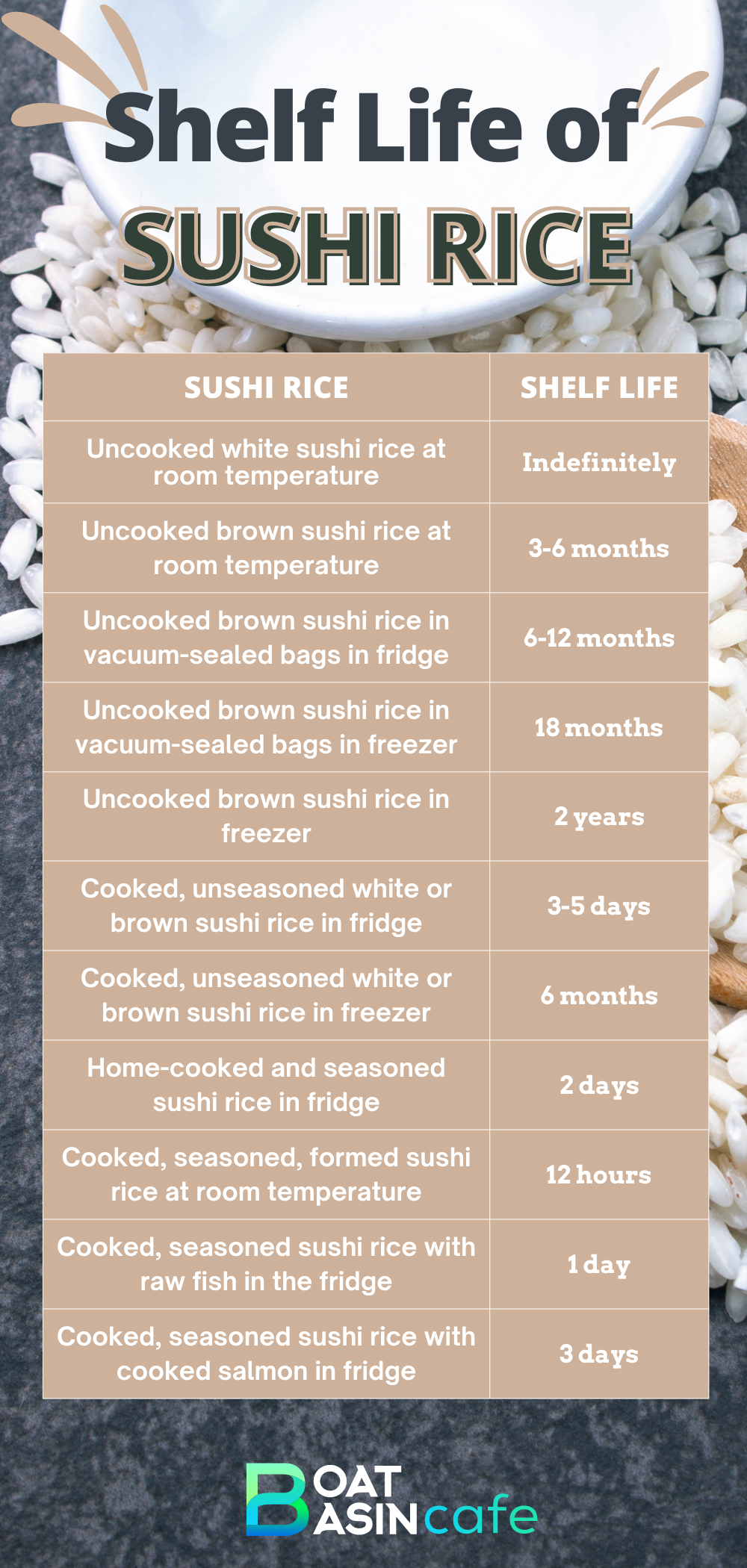
Whether you choose white or brown rice, you need to store them properly in the fridge, freezer, or in a dark pantry to avoid spoiling.
You can store uncooked white sushi rice in a sealed and airtight container at room temperature, in the fridge, or in the freezer.
Brown rice goes through less processing, which means all its outer layers have not been removed. Therefore, it has a higher oil content than polished white rice.
As a result, brown sushi rice spoils faster as the oil on the surface of the grains makes it rancid.
How Long Does Dry Sushi Rice Last?
Storing dry white short-grained Japanese rice at room temperature will stay forever as long as the storing conditions are dry and away from direct light.
Try using airtight containers like Mason jars to store dry white sushi rice.
Uncooked or raw brown sushi rice at room temperature will last between three to six months.
If you want to extend the shelf life of uncooked brown sushi rice, just store the rice in vacuum-sealed bags in the fridge and they will stay fresh for six to twelve months.
For longer shelf life, store the raw brown sushi rice in vacuum-packed bags in the freezer and they will keep for up to eighteen months.
Even if you don’t vacuum-seal brown sushi rice, it will stay good in the freezer for two years.
How Long Does Cooked Sushi Rice Last?
Cooked but unseasoned white or brown rice for sushi will last in the fridge for three to five days.
The same rice will last for six months if kept in the freezer.
But, the moment you add seasonings and fillings, the shelf life of the rice will come down drastically.
Cooked and seasoned rice will last for only two days in the fridge. But it will become dry once refrigerated. So, it’s best to consume it immediately.
If you have cooked the rice at home, seasoned it with vinegar, salt, and sugar, and have also formed it with Nori seaweed and fillings inside, it will last for twelve hours at room temperature.
Factors That Affect Shelf Life of Sushi Rice
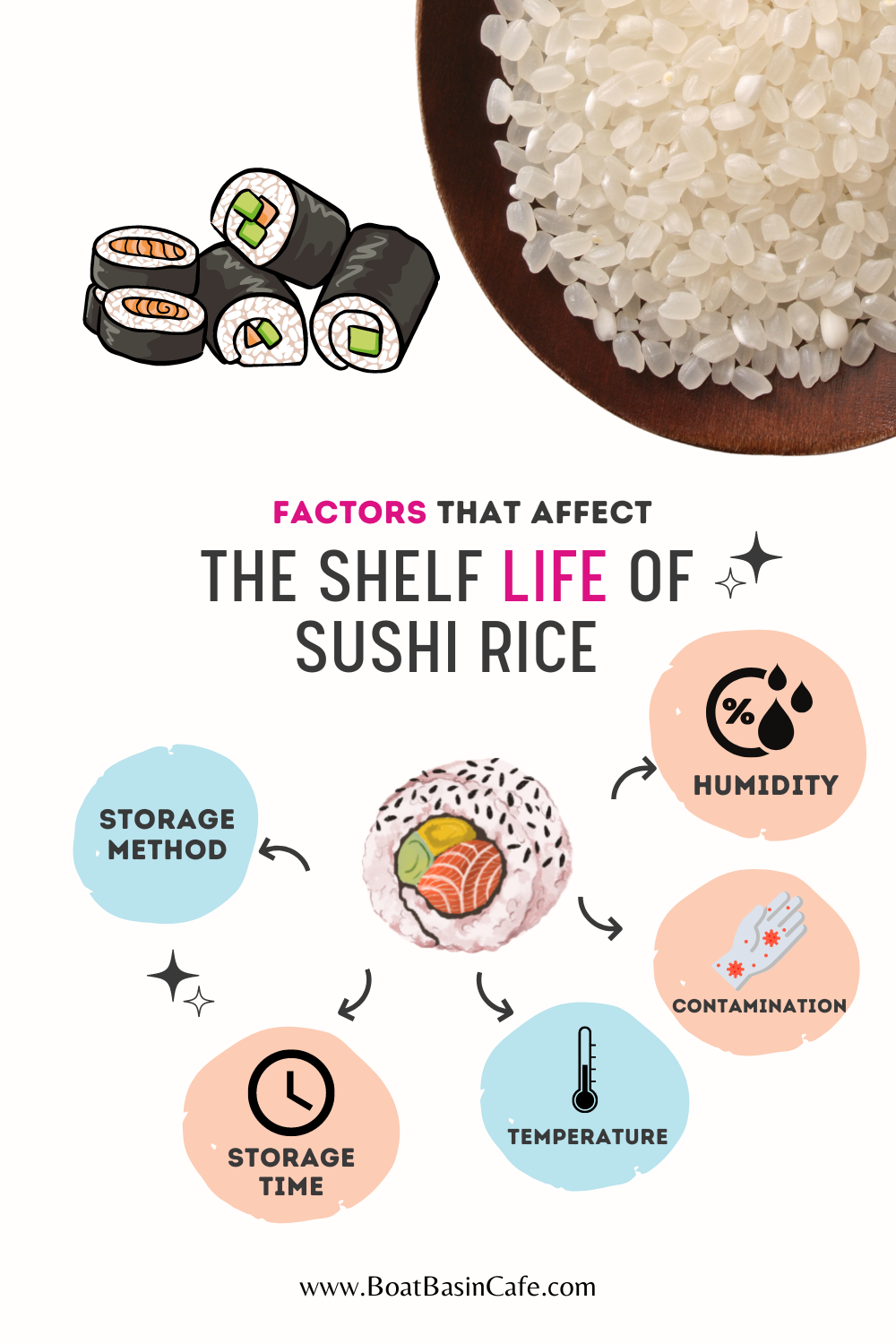
Consider the following factors that affect the shelf life of rice for making sushi so that you can take the right steps to preserve it properly.
01 Storage Method
It’s very important that you store both uncooked and cooked rice in a sealed andairtight container or a resealable bag that is clean and dry.
Storing in a container with a loose lid will allow air to dry out the cooked rice and spoil it.
Bags that may form holes will likely cause the dry rice to spoil as it would be easy for insects to get inside.
Moreover, rice packets that are damaged will also allow moisture to spoil the rice and cause it to mold.
02 Storage Time
Refer to the previous section for the storage time of cooked/uncooked, seasoned/unseasoned white or short grain brown rice in the fridge, freezer, or at room temps.
03 Temperature
Keep dry short-grained Japanese rice in a cool place away from direct heat and light.
Higher temperatures bring about the perfect condition for bacteria to multiply.
Uncooked rice grains may contain Bacillus cereus spores that are responsible for food poisoning.
After you cook sushi rice, you should transfer it immediately to the fridge or freezer after it has cooled down.
Leaving homemade sushi out at the danger zone temperature of 40°F – 140°F (4°C – 60°C) where bacteria have the chance to grow and spread will lead to quicker spoiling.
04 Humidity
Moisture or humidity from the air that comes in contact with uncooked rice to prepare sushi will speed up its spoiling process.
Moist conditions are perfect for mold to grow.
If you leave too much water after cooking, the rice grains will become soggy and not fit for eating.
05 Contamination
The moment dry rice for sushi comes in contact with heat and moisture, it’s likely to get contaminated.
For contamination-free sushi rice, airtight containers, vacuum-sealable bags – and if you’re freezing it – freezer bags with the air removed are recommended.
For cooked sushi rice, follow the shelf line timelines and keep it in airtight containers to make sure they don’t get contaminated and cause food poisoning.
While storing rice in the freezer, keep the container away from any other food to prevent contamination.
Best Practices for Storing Sushi Rice
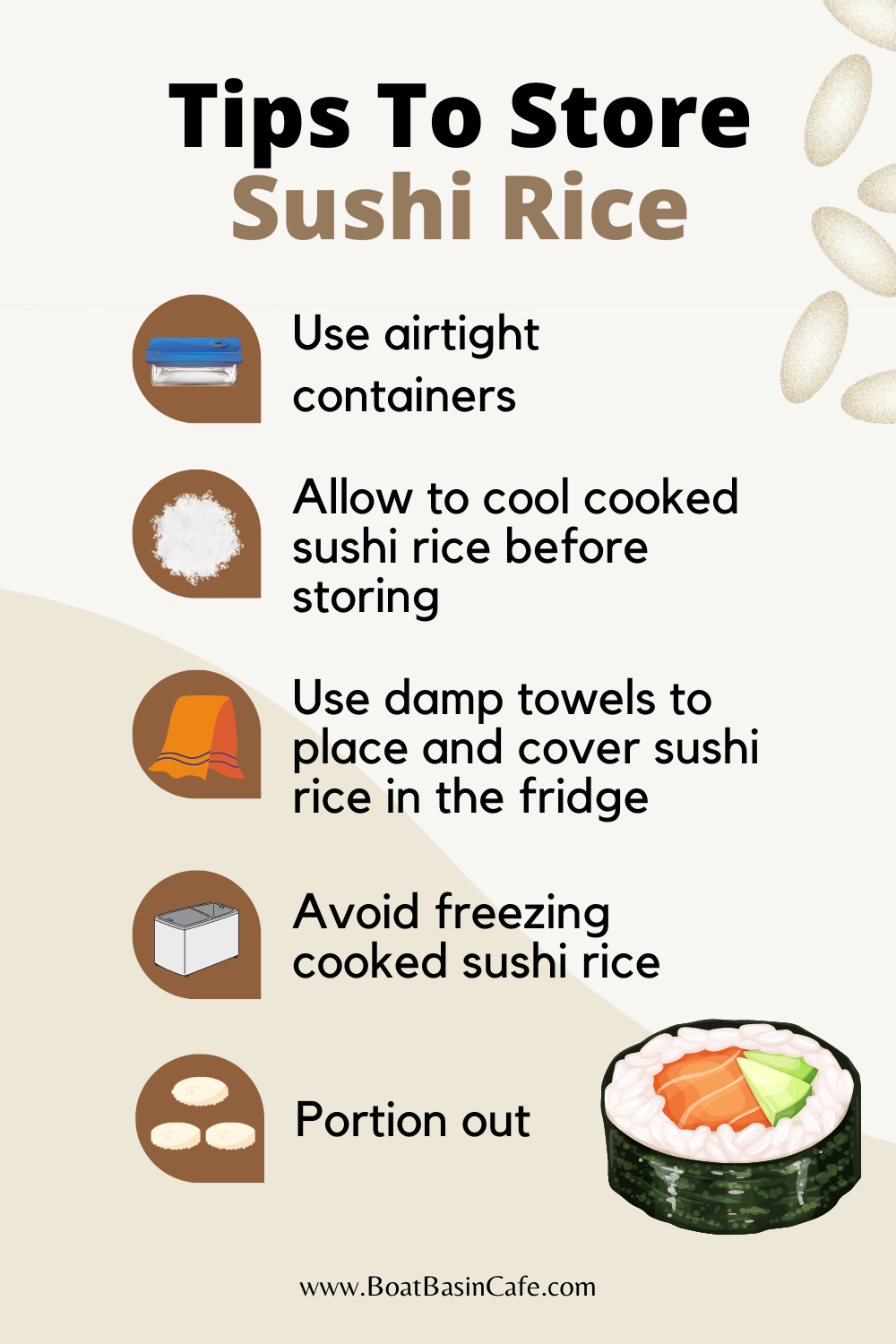
Follow the handling tips below to store rice for making sushi.
01 Airtight Container
We can’t emphasize enough the importance of getting airtight containers to store sushi rice.
Whether you’re storing cooked or uncooked sushi rice, airtight containers will prevent moisture and bugs from spoiling the rice.
02 Allow To Cool
Take a tray and line it with a baking sheet.
Once the rice is cooked, spread it on the tray to cool evenly.
Alternatively, you can spray some oil in a pan and put the cooked rice there for cooling.
Put the pan or tray for 30 minutes in the fridge to cool down before you spoon it into a clean and dry airtight container or plastic bag.
If you want to cool the cooked rice at room temperature, you can do that too.
Just remember that this should be done within two hours of cooking to prevent the formation and spread of bacteria.
03 Damp Towels
Take two pieces of damp towels.
Place vinegar rice sushi roll on a piece of damp towel and cover them with the second damp towel.
Wrap the whole thing with plastic wrap and put it away in the fridge.
This will keep the rice from drying out in the fridge.
Although there will be some quality fall in the nori texture, the rice in the sushi will remain soft and plump.
04 Avoid Freezing
Although sometimes we have no choice but to freeze leftover sushi rice, hardcore sushi lovers recommend not to freeze cooked rice.
That’s because the moisture already in the rice will form ice crystals when frozen.
When defrosted, the ice crystals will melt, releasing water and making the rice soggy.
The mushy texture will spoil the sushi-eating experience for everyone.
05 Portion Out
Instead of clumping together a large batch of cooked sushi rice and freezing it, divide the batch into smaller portions.
This way, there will be no need to defrost the whole pack and then refreeze the leftover.
You can take out each portion and use it as needed.
Mark the packages with the date so that you can use them up within six months if you had not seasoned the sushi rice.
How To Reheat Refrigerated Sushi Rice?
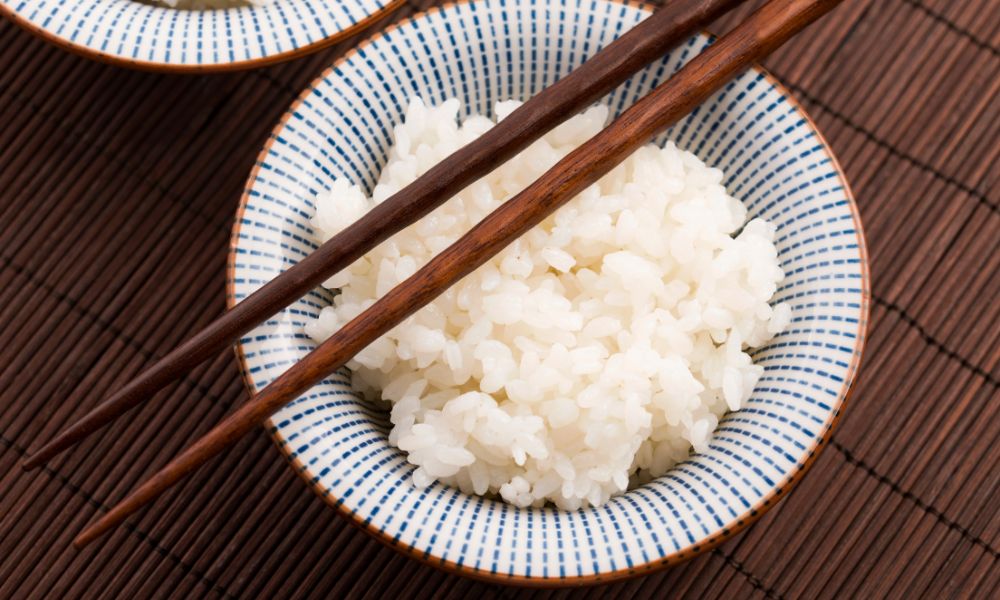
On the stovetop, put a pot of water and bring it to a boil.
Put the refrigerated rice on a bamboo rolling mat.
Place the rolling mat on the pot for ten minutes over low heat.
The rice will be soft and moist without being soggy.
If you’re short of time, you can also reheat the leftover rice in the microwave oven after sprinkling some water on it.
How to Tell if Sushi Rice has gone Bad
We have already covered how long cooked and seasoned as well as cooked but unseasoned rice to make sushi can be stored in the fridge or freezer.
Beyond the timelines, it’s not safe to eat cooked sushi even if they look good from the outside.
When it comes to uncooked sushi rice, it’s harder to know when it is past its expiration date.
But with the following signs, you can easily find out.
01 Weevils
If you notice small reddish-brown bugs or weevils inside the packaging or container, then you should throw away the sushi rice.
Make sure to disinfect the container before the next use.
02 Moist Texture
Handle the rice grains to check if it feels damp.
If it does, then the rice has spoiled and should be trashed.
If you have stored brown sushi rice, check its appearance.
A shiny appearance accompanied by a rancid smell is a sure sign that it’s time to throw away the brown rice.
03 Odor
If the rice gives out an unpleasant odor even if you have stored it in the freezer or fridge, it should be thrown away.
Rice past its expiry date tends to give off a bad smell.
Final Words
Cooked and unseasoned rice will usually last in the fridge for 3-5 days. And in the freezer, it will last for up to six months.
Keep in mind that when you season sushi rice and add filling and nori, the shelf life becomes much shorter.
FAQs
Can I Keep Sushi Rice In The Fridge?
Yes, you can keep both cooked and dry sushi rice in the fridge.
Can You Eat 2-Day Old Sushi Rice?
If refrigerated in an air-tight container right after cooling down, you can eat 2-day-old sushi rice that’s cooked and seasoned.
Can You Eat Leftover Sushi Rice?
Yes, you can eat leftover sushi rice within two days if refrigerated or within two hours if left at room temperature.
Can You Eat Cooked Rice After 5 Days?
No, cooked rice in the fridge lasts for up to four days.
Does Steamed Rice Go Bad?
Yes, steamed rice goes bad after about four days in the fridge and after two hours if left at room temperature.
How Long Does Steamed Rice Last In The Fridge?
Steamed rice is good for two hours after cooking at room temperature; three to four days in the fridge; six to eight months in the freezer; and up to 12 hours in the rice cooker if the Keep Warm mode is on.
Can I Eat Rice After 2 Days In Fridge?
Yes, you can eat rice after 2 days in the fridge if it was in a sealed container.
